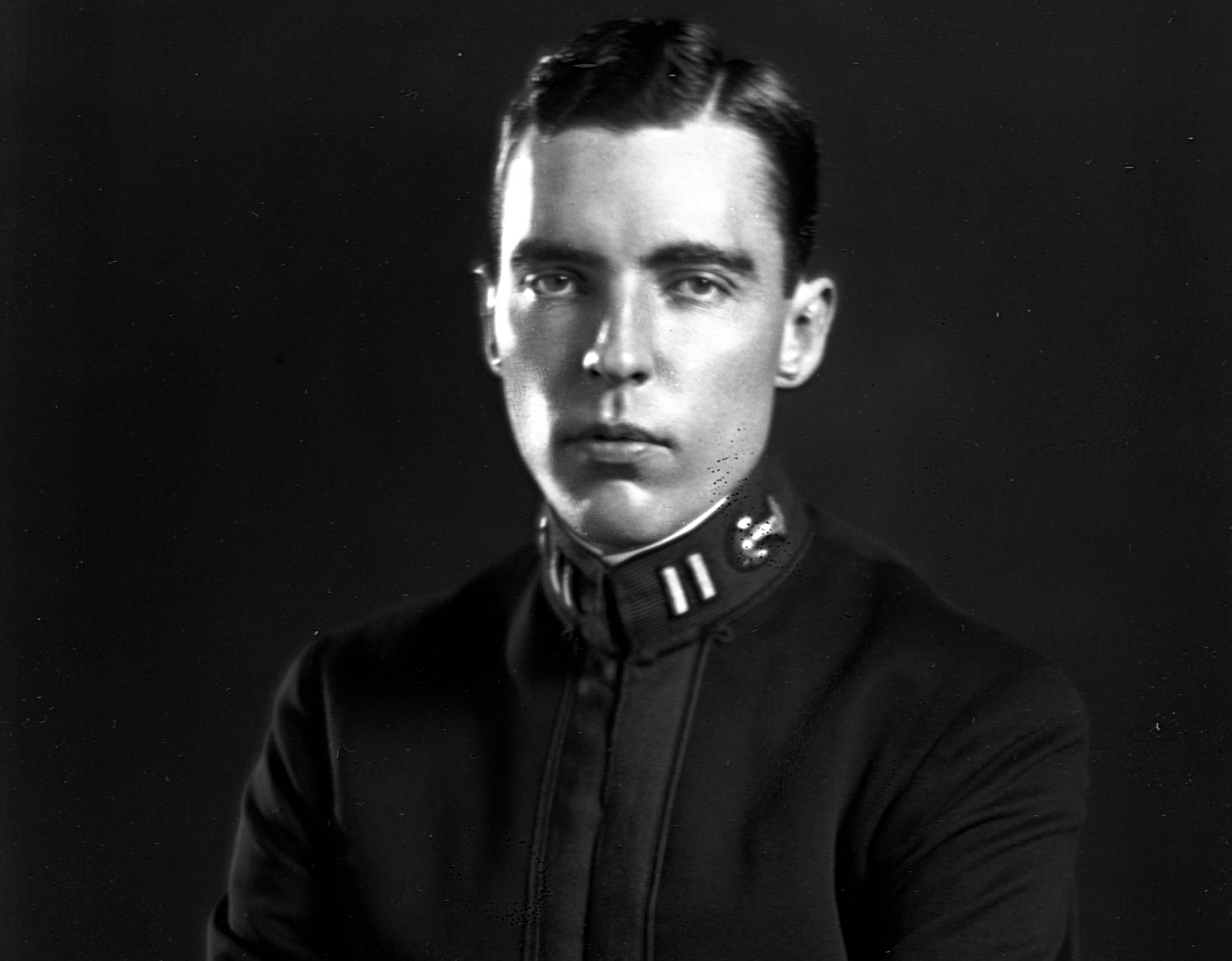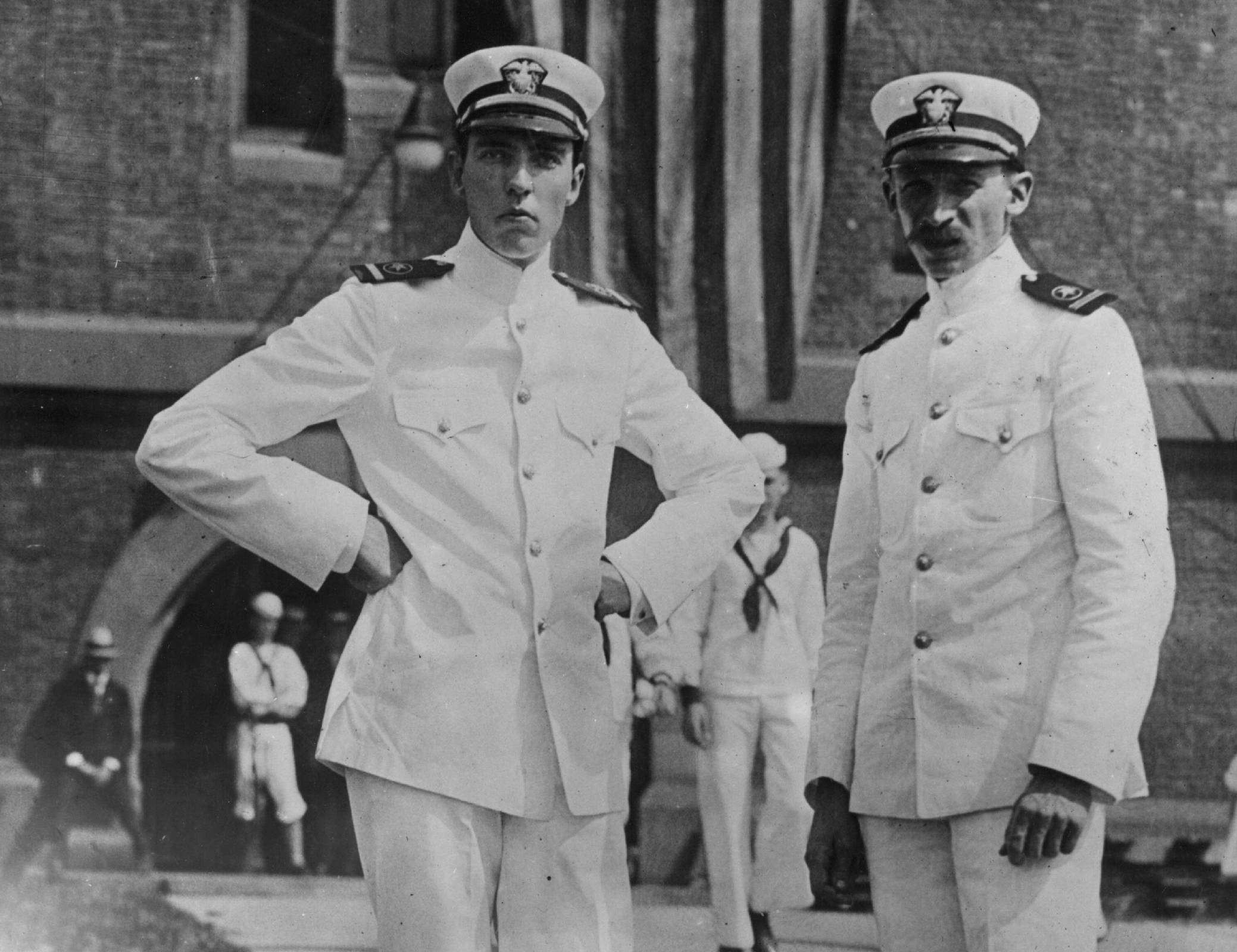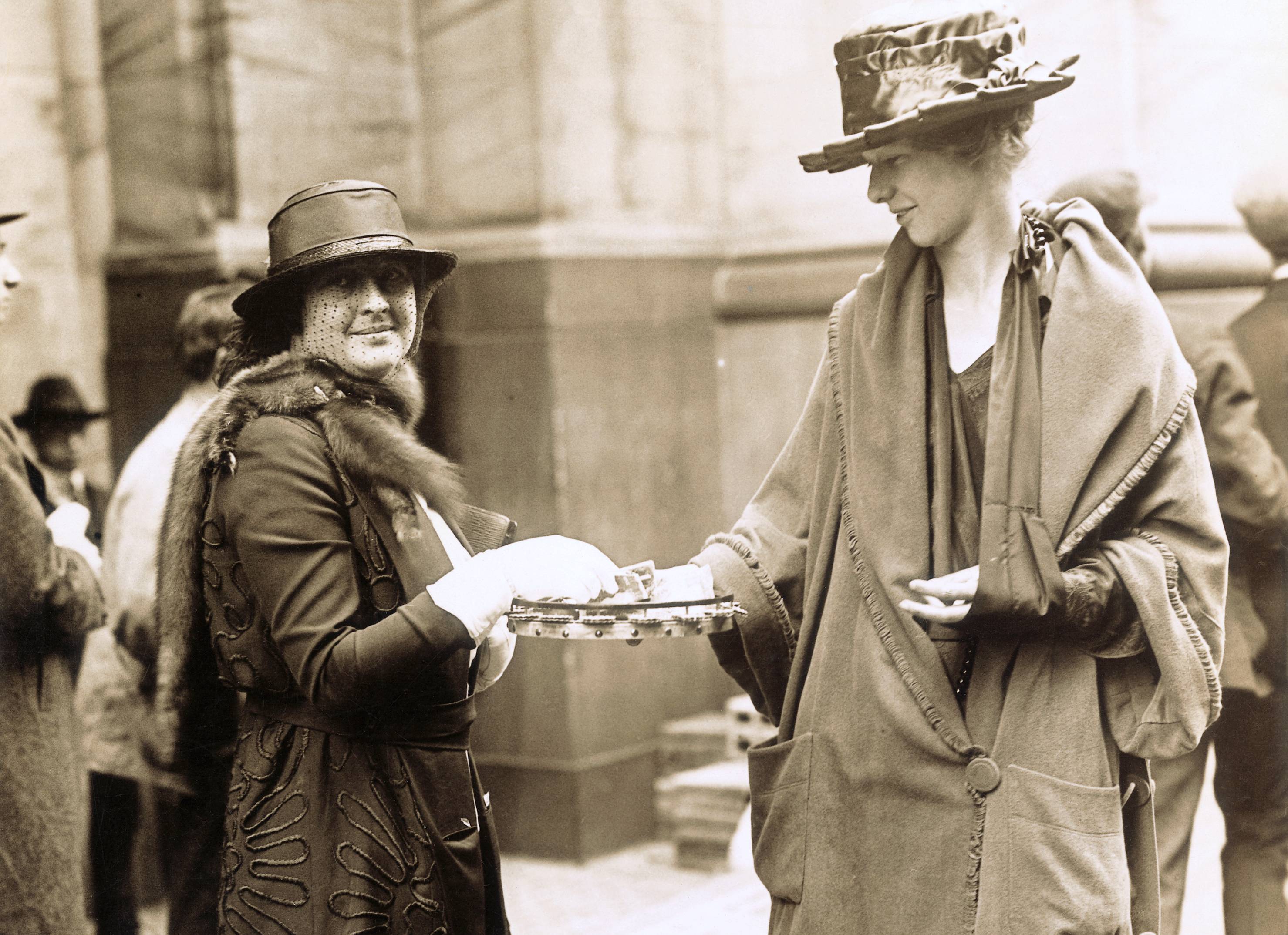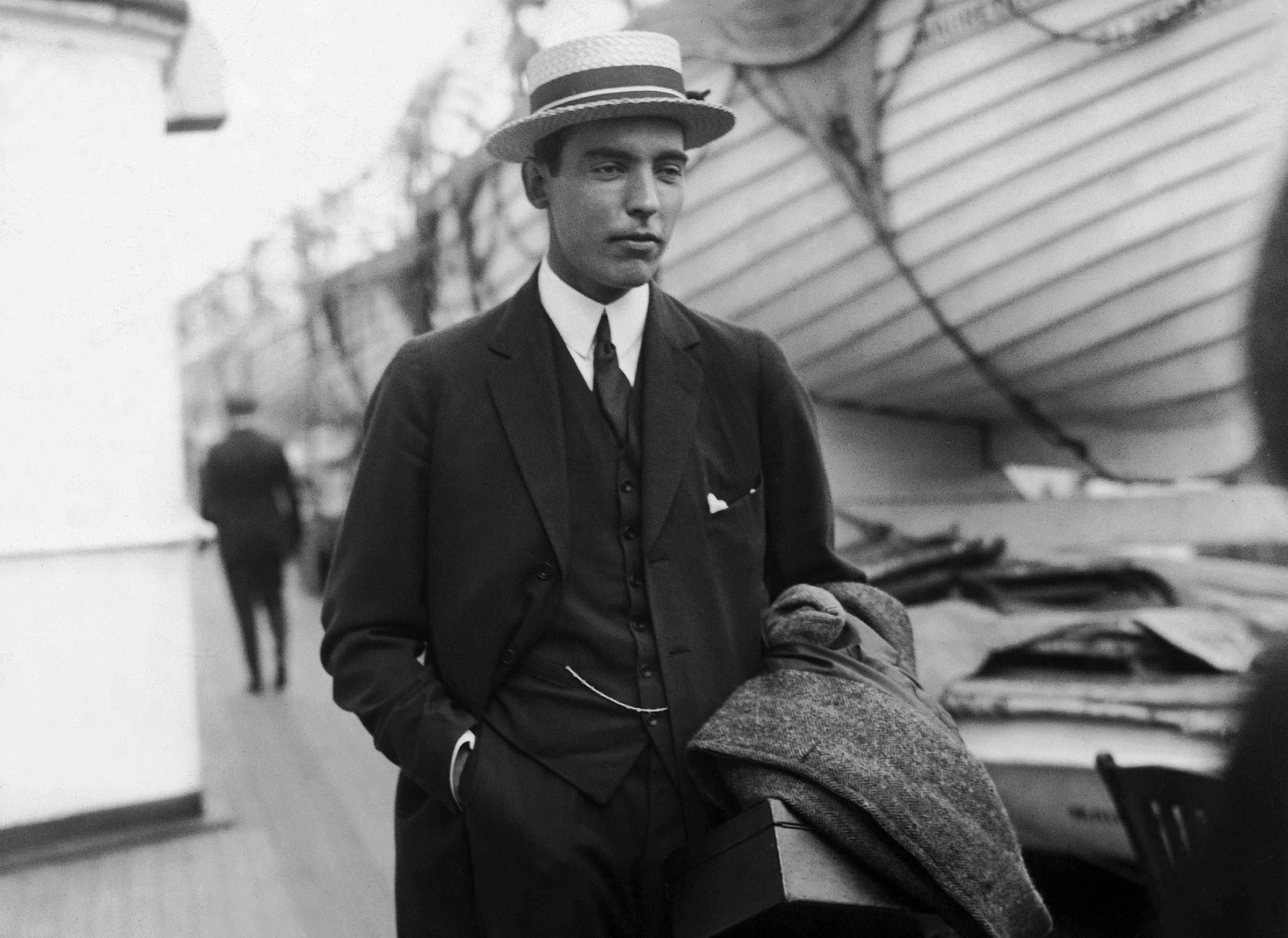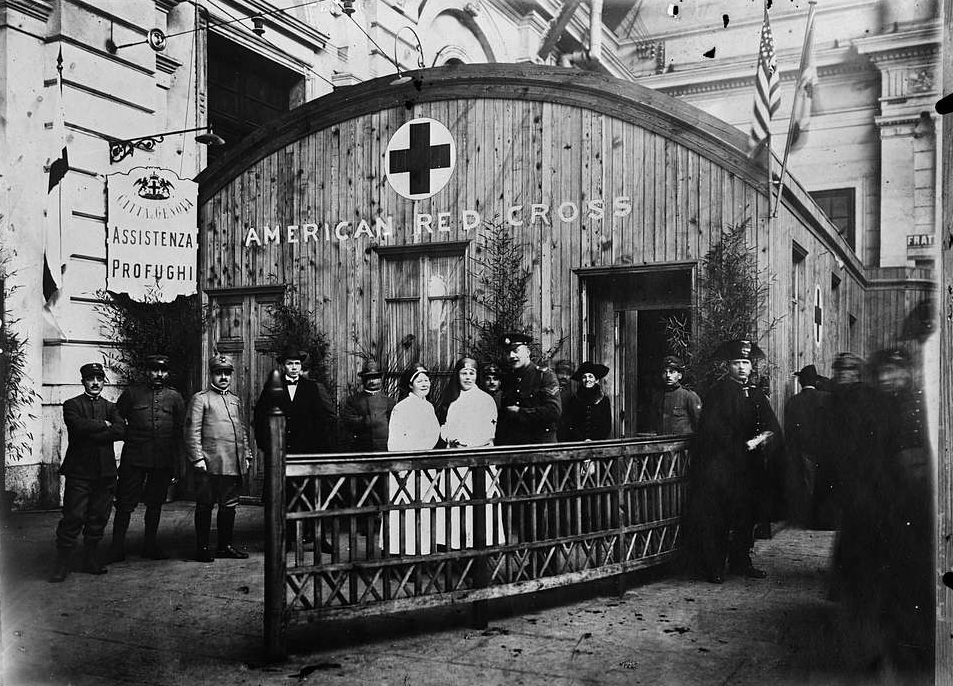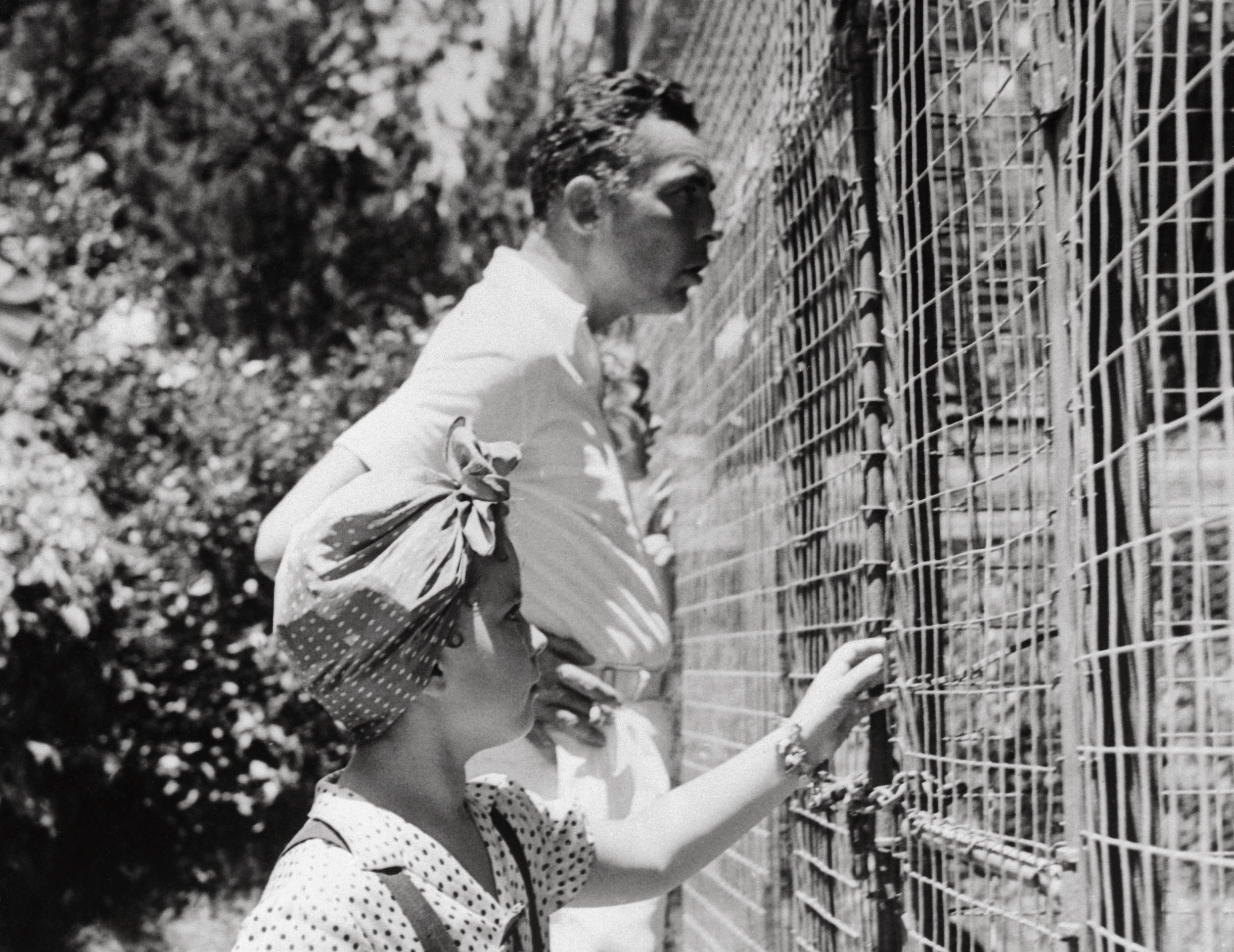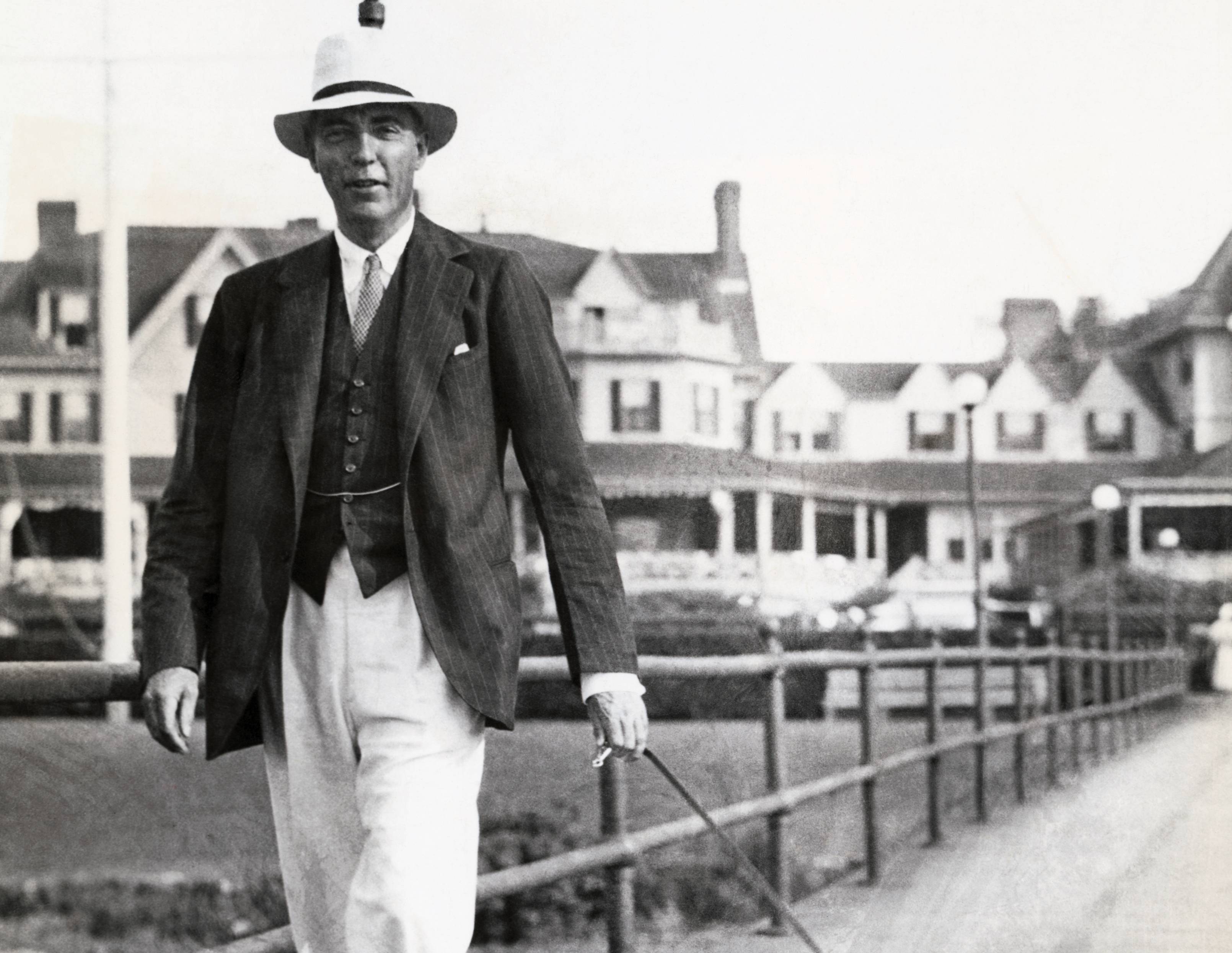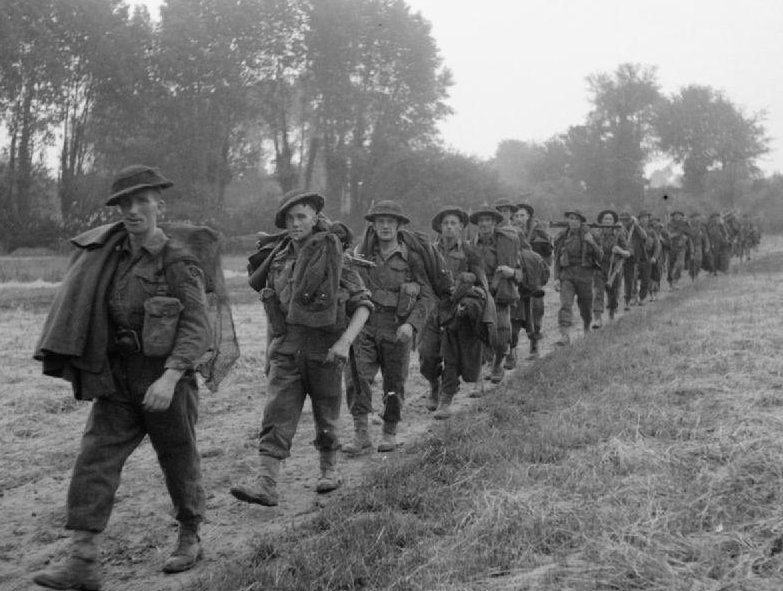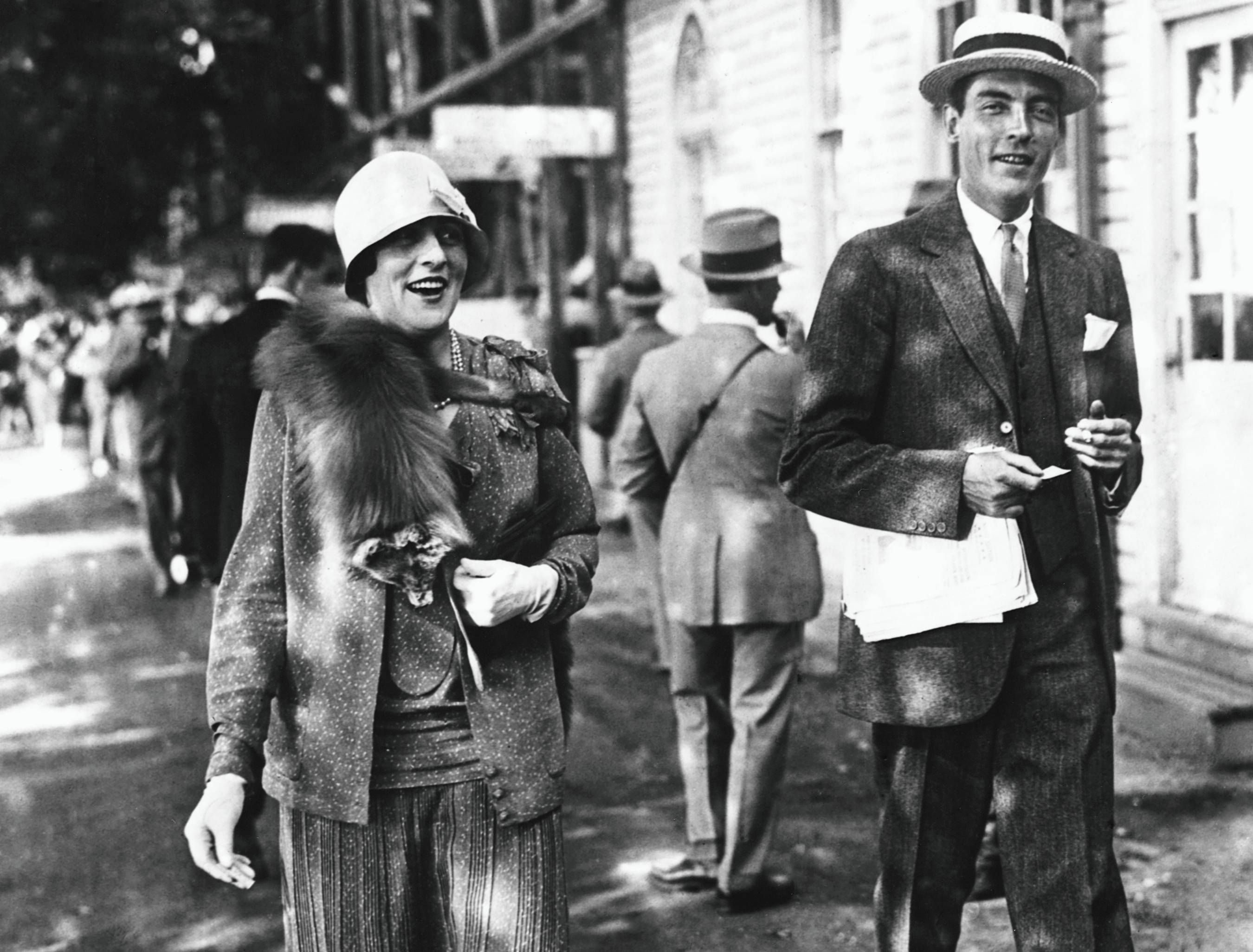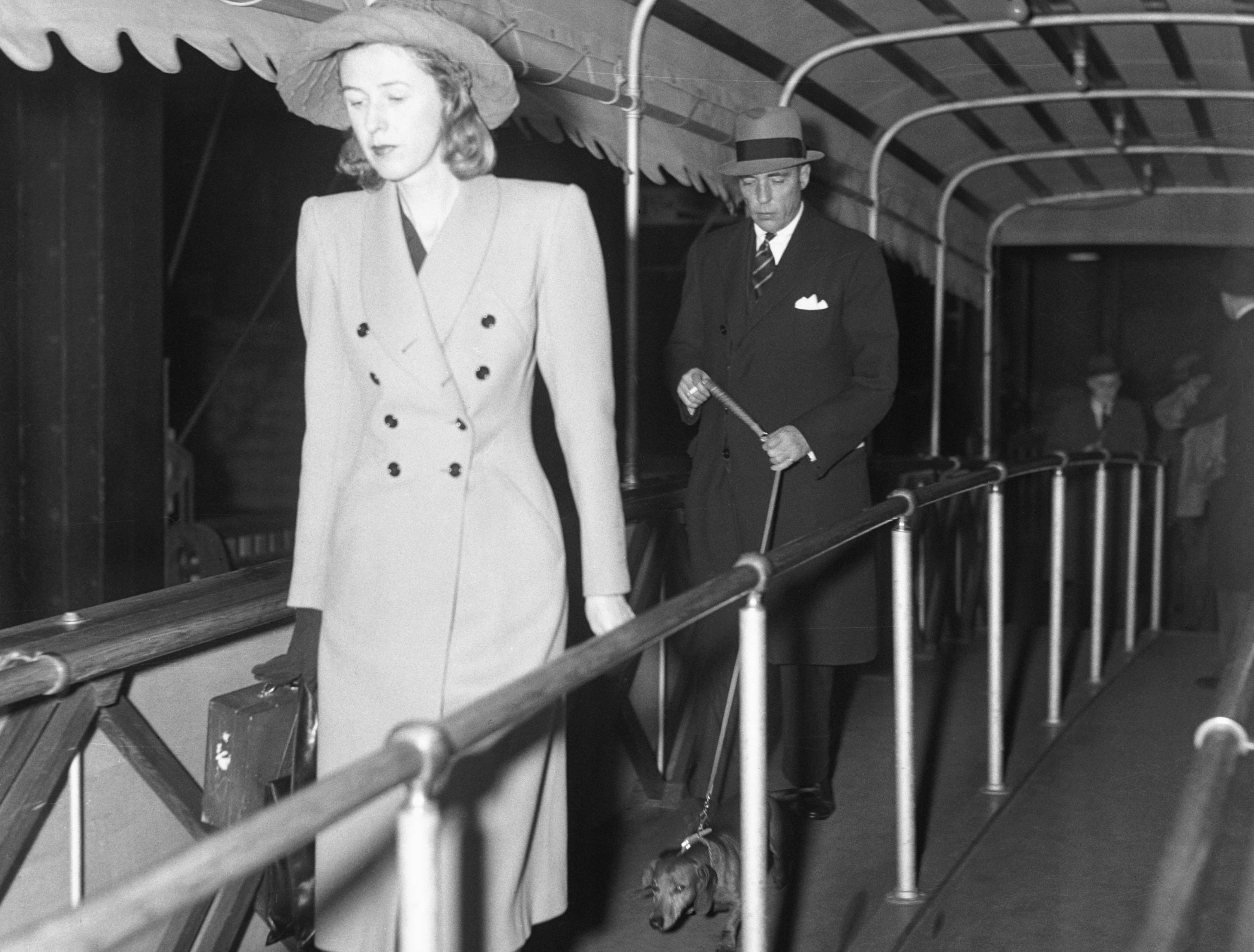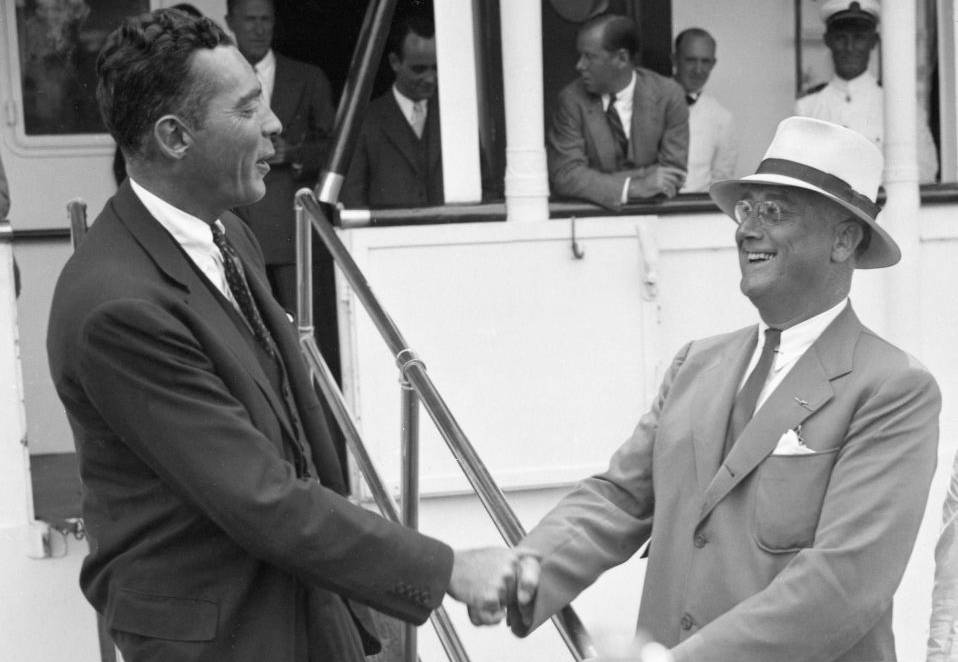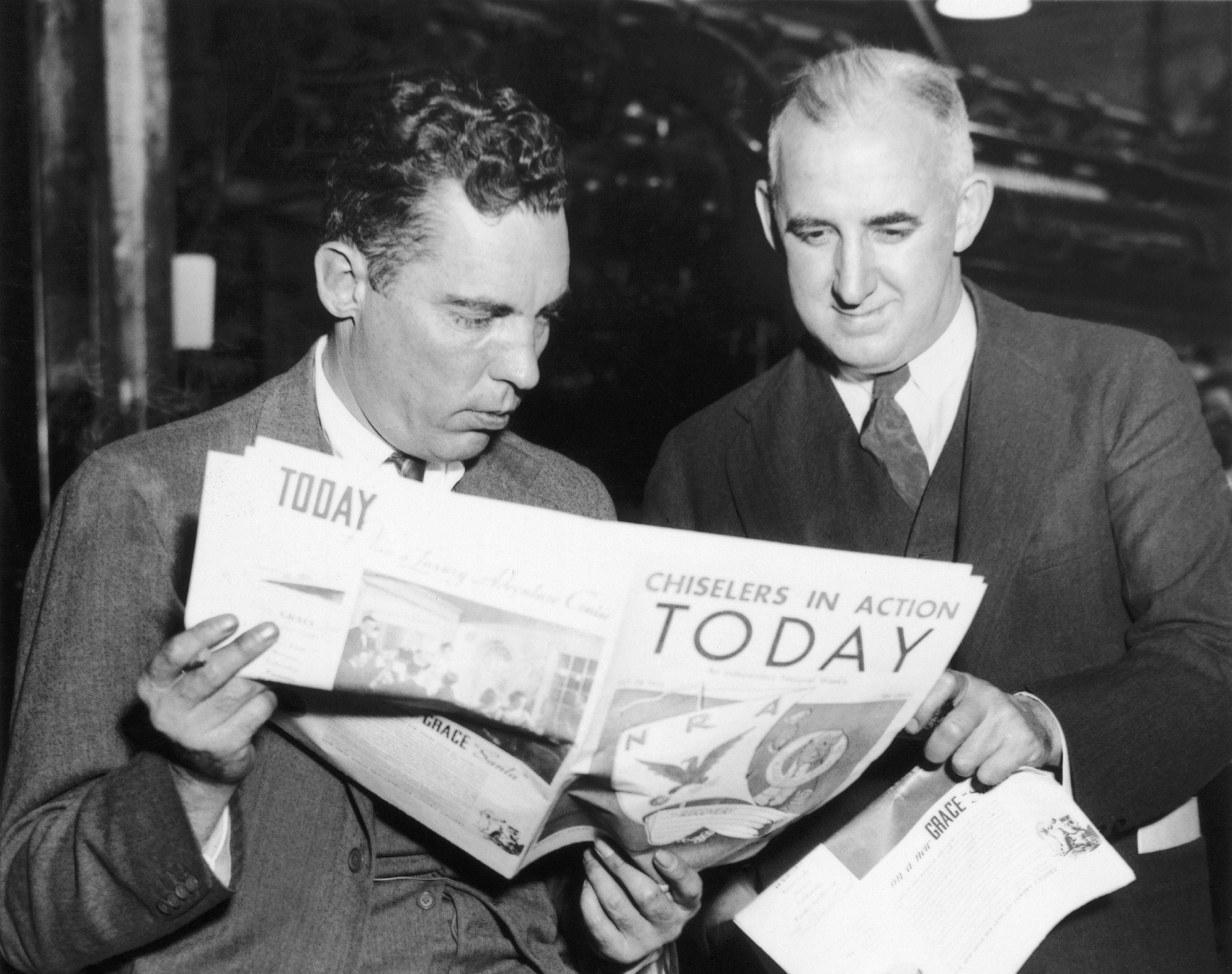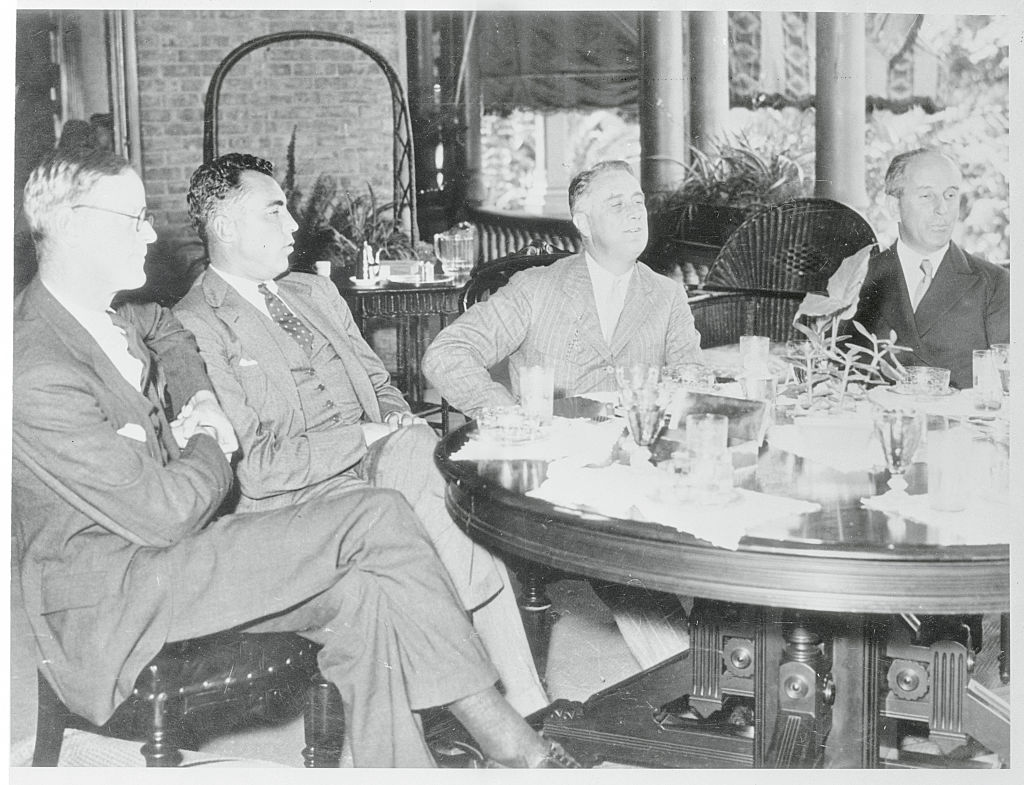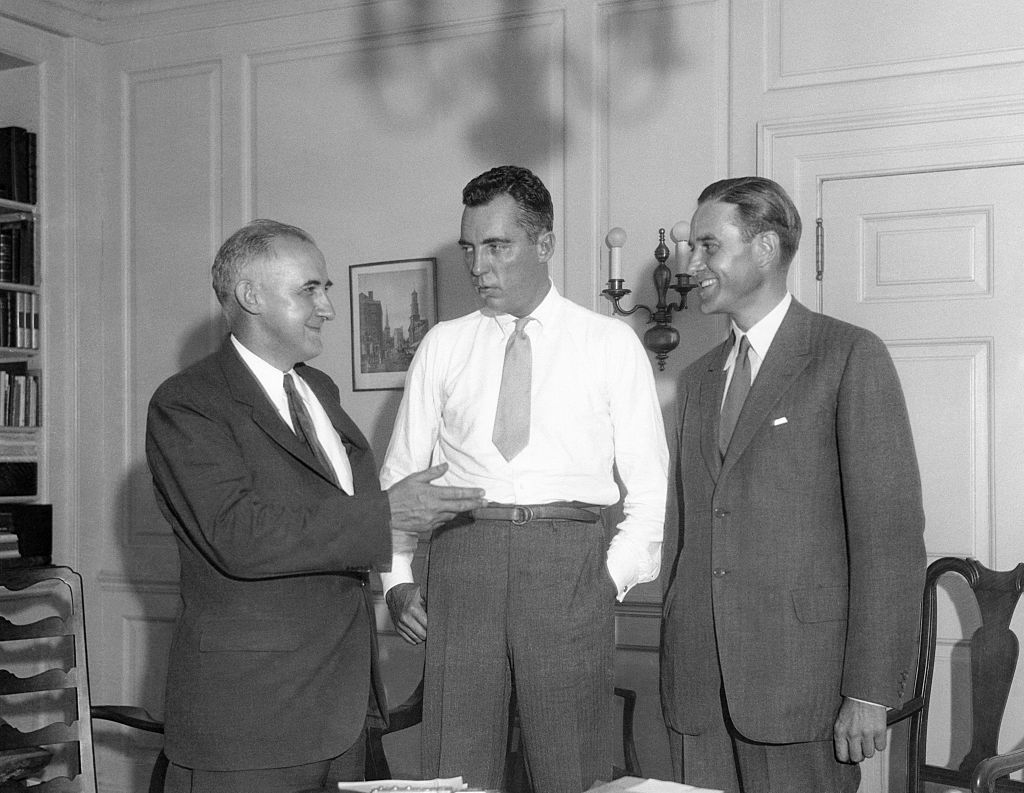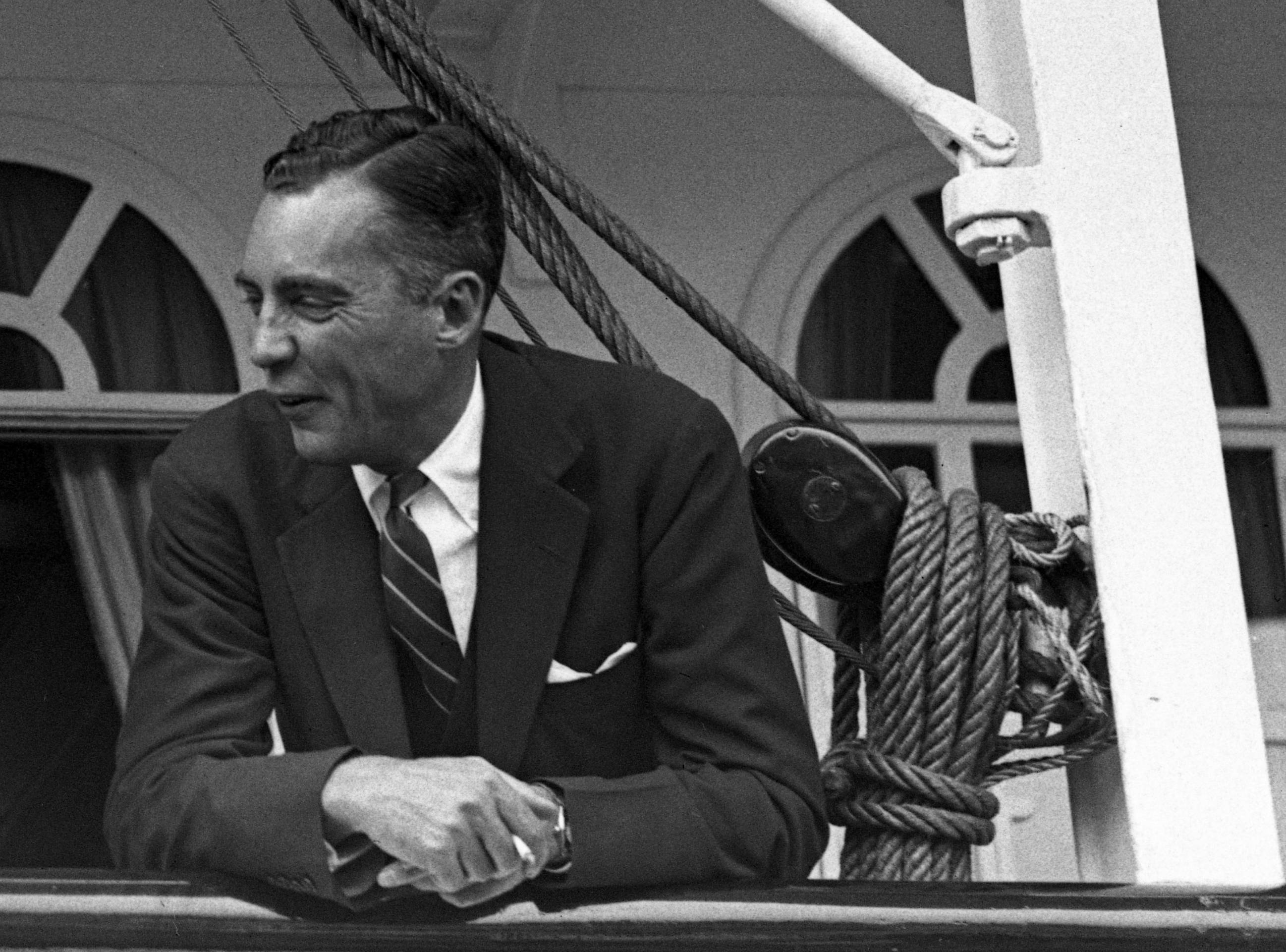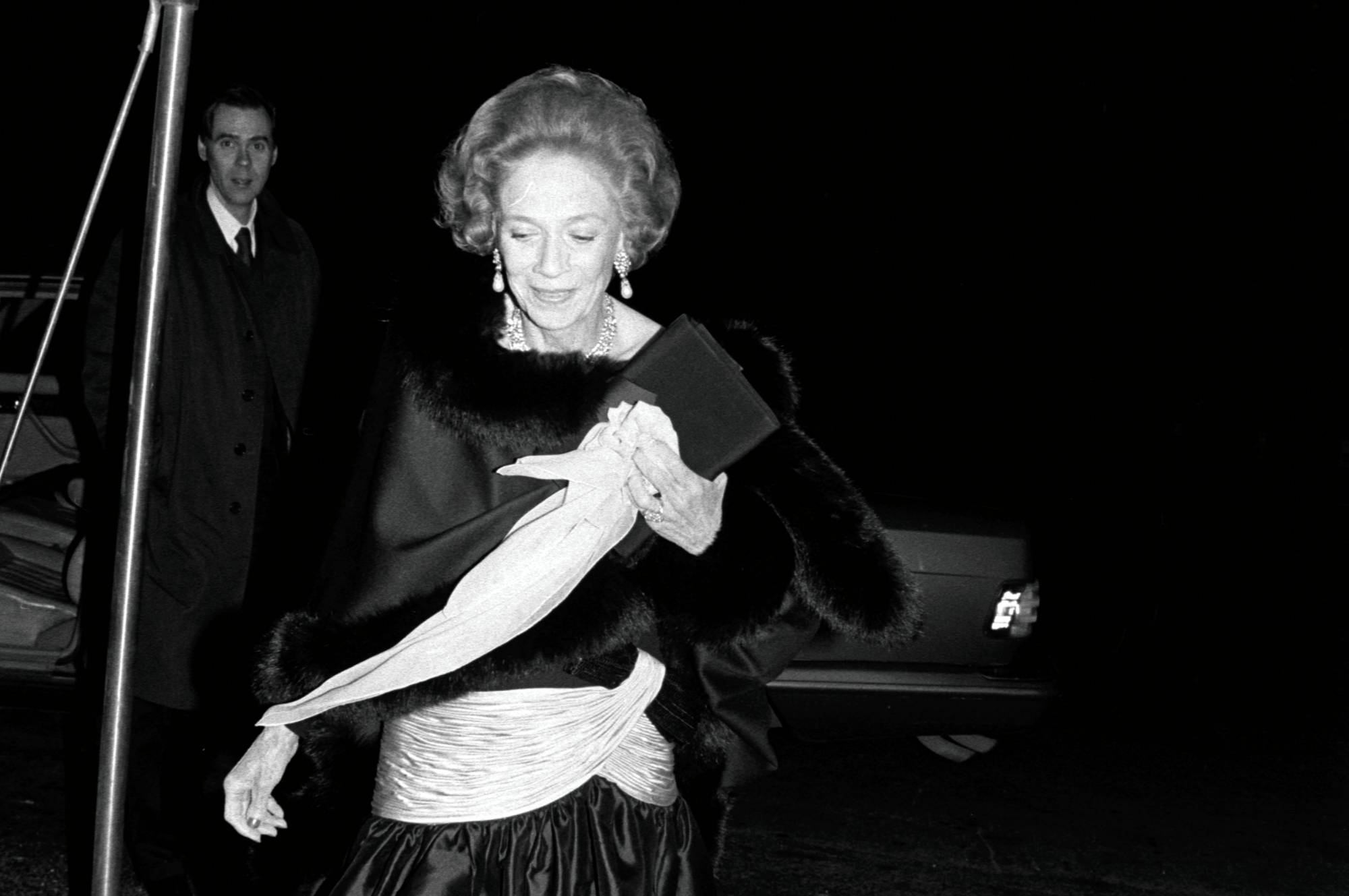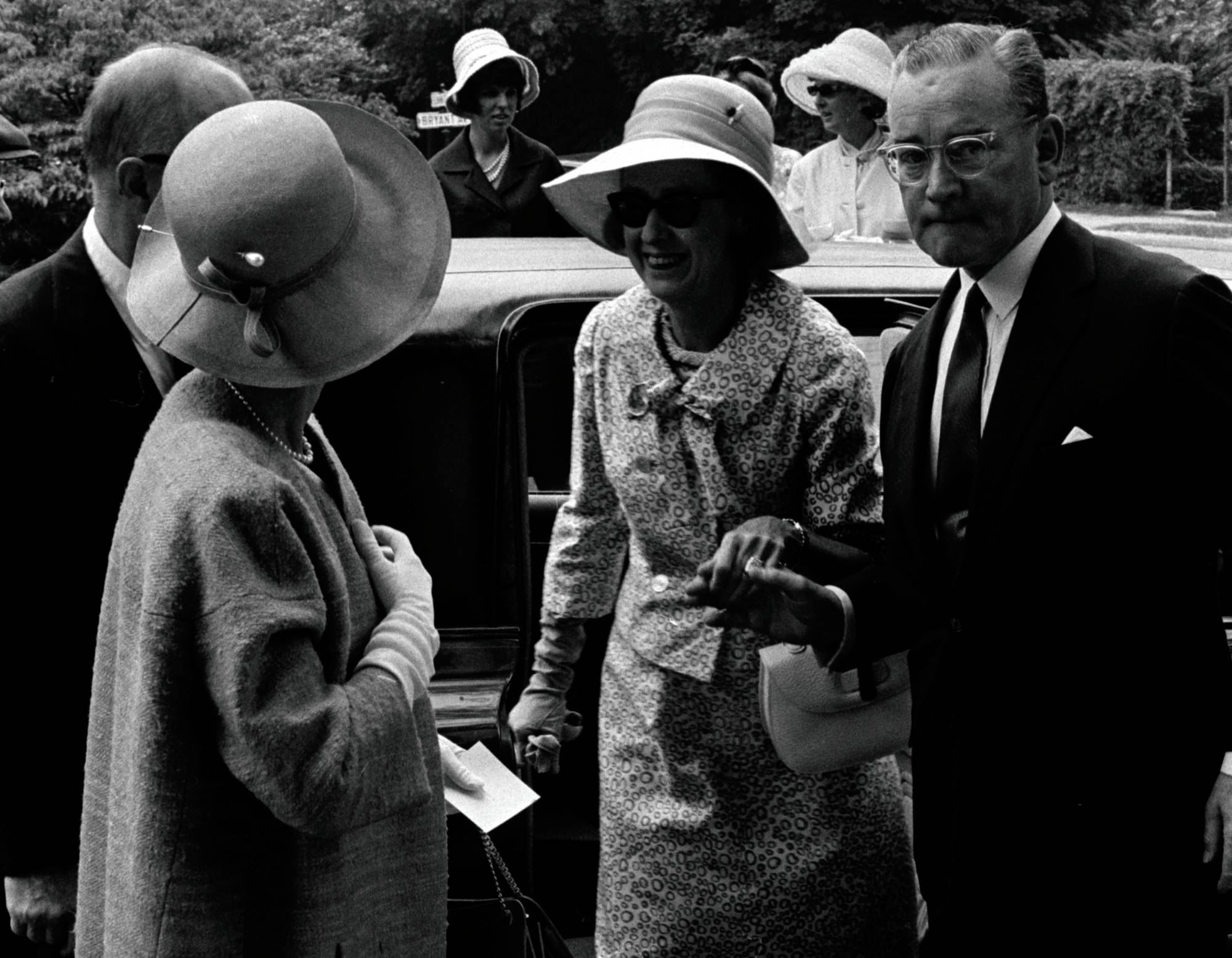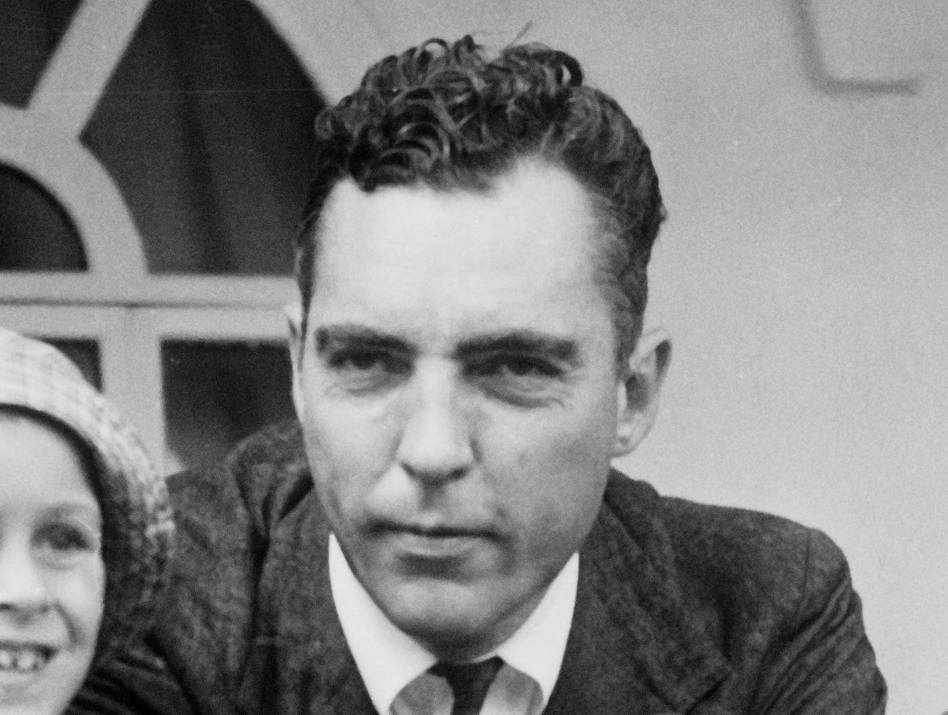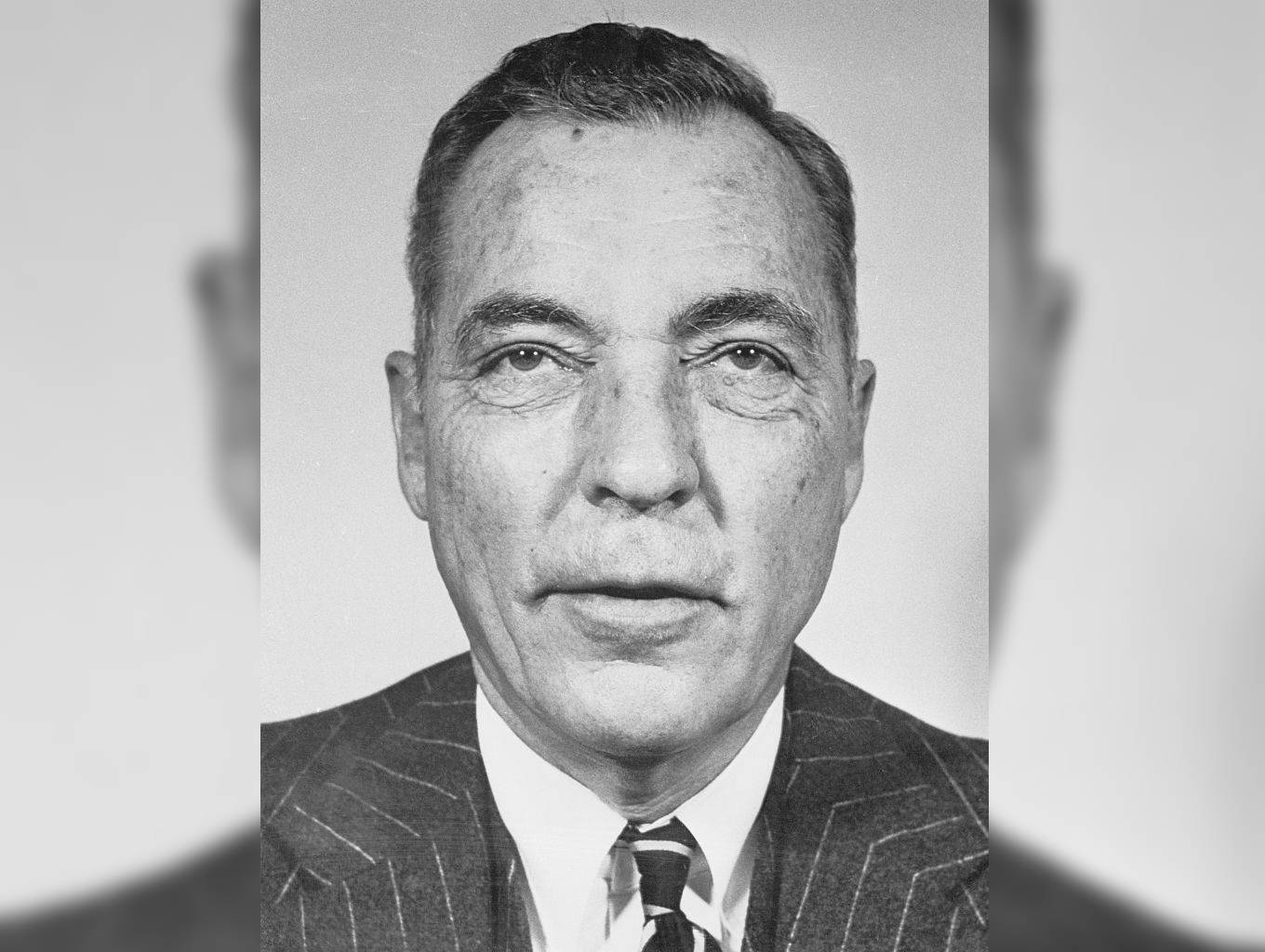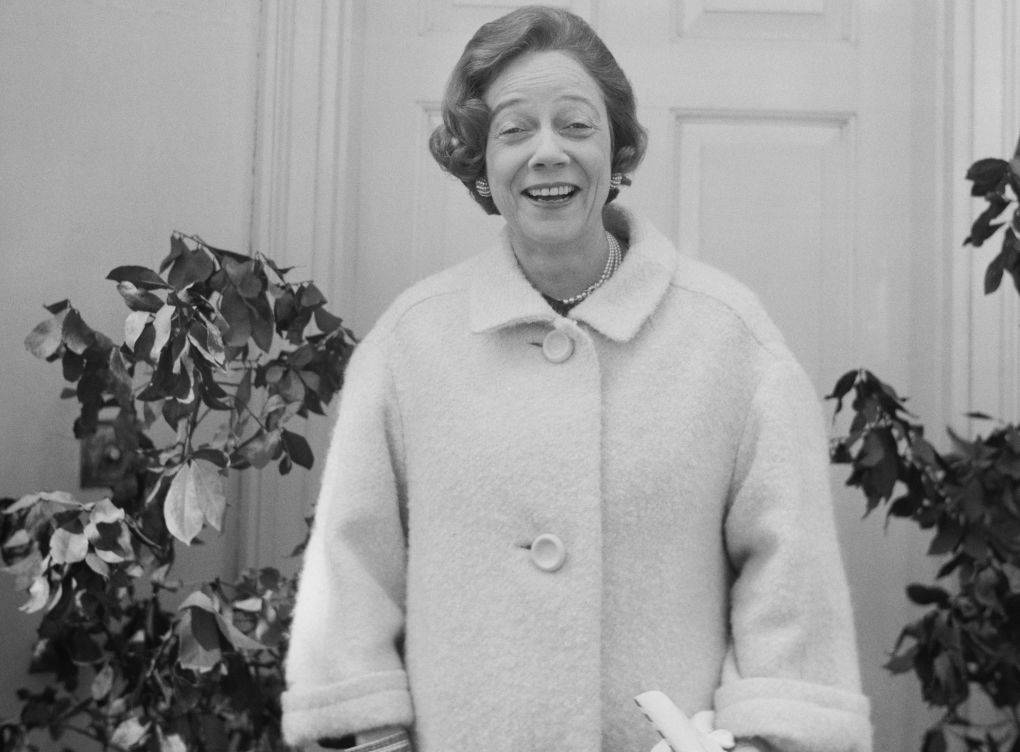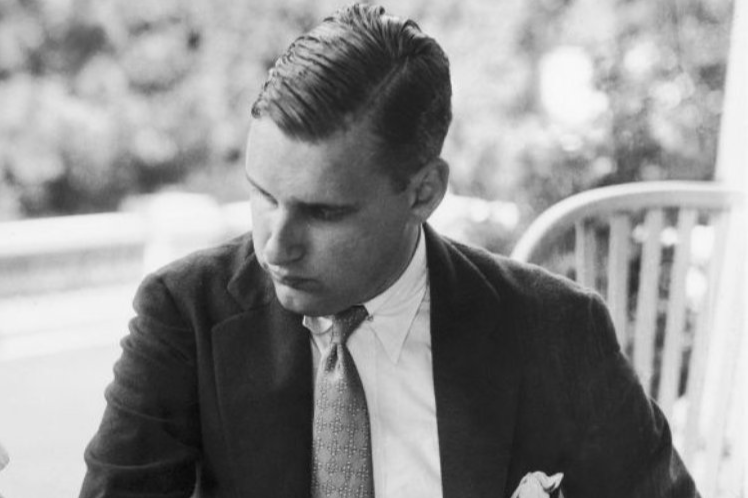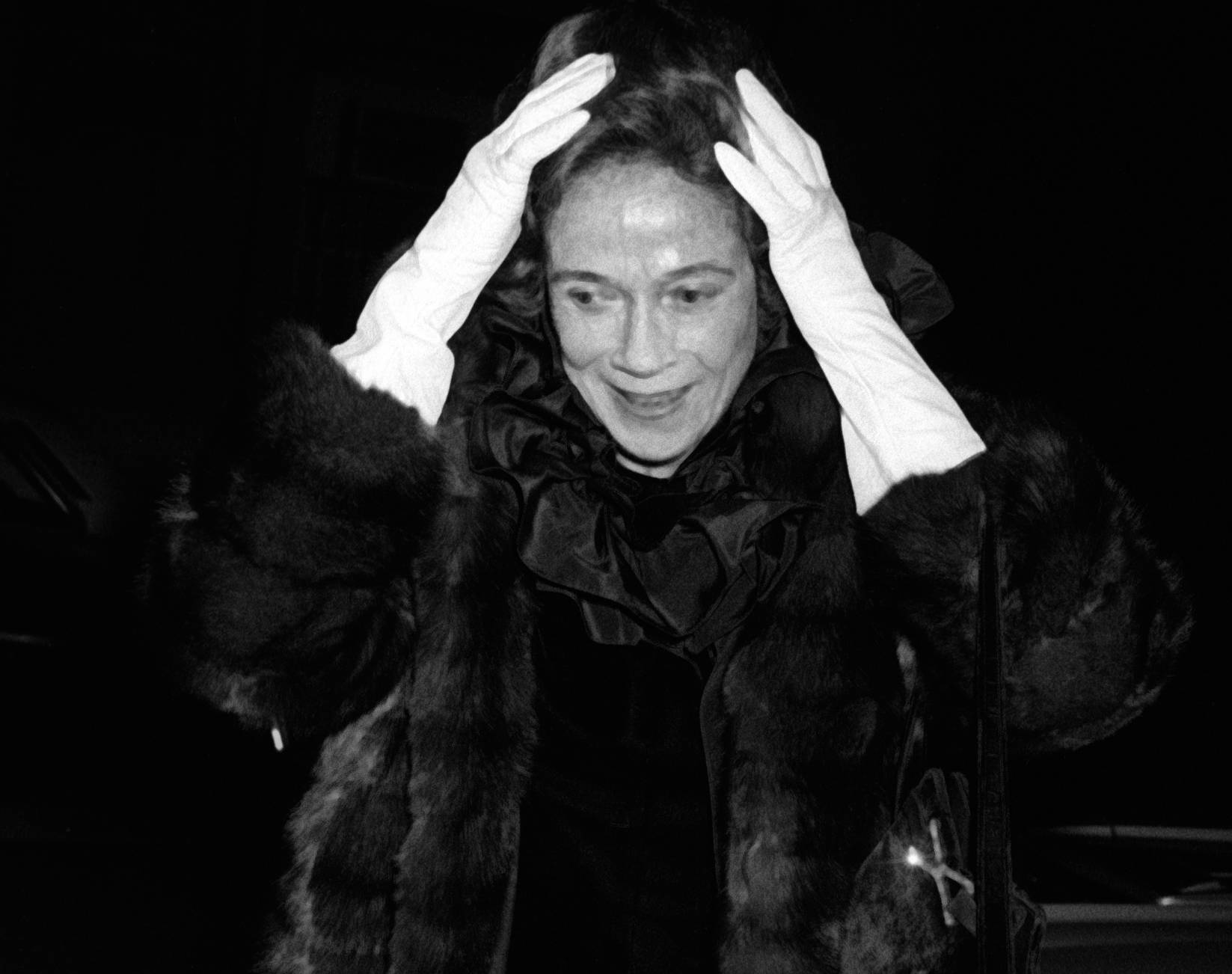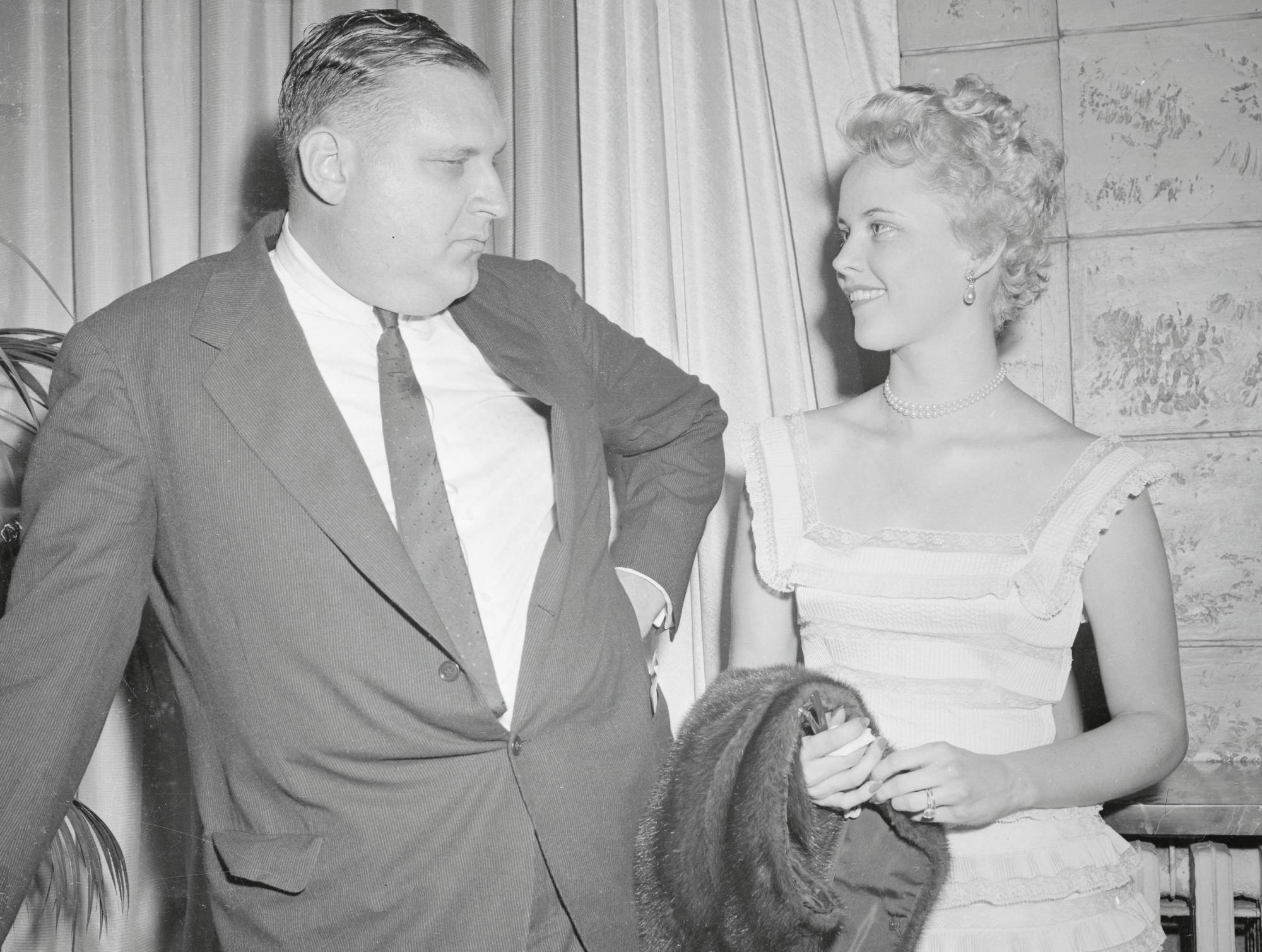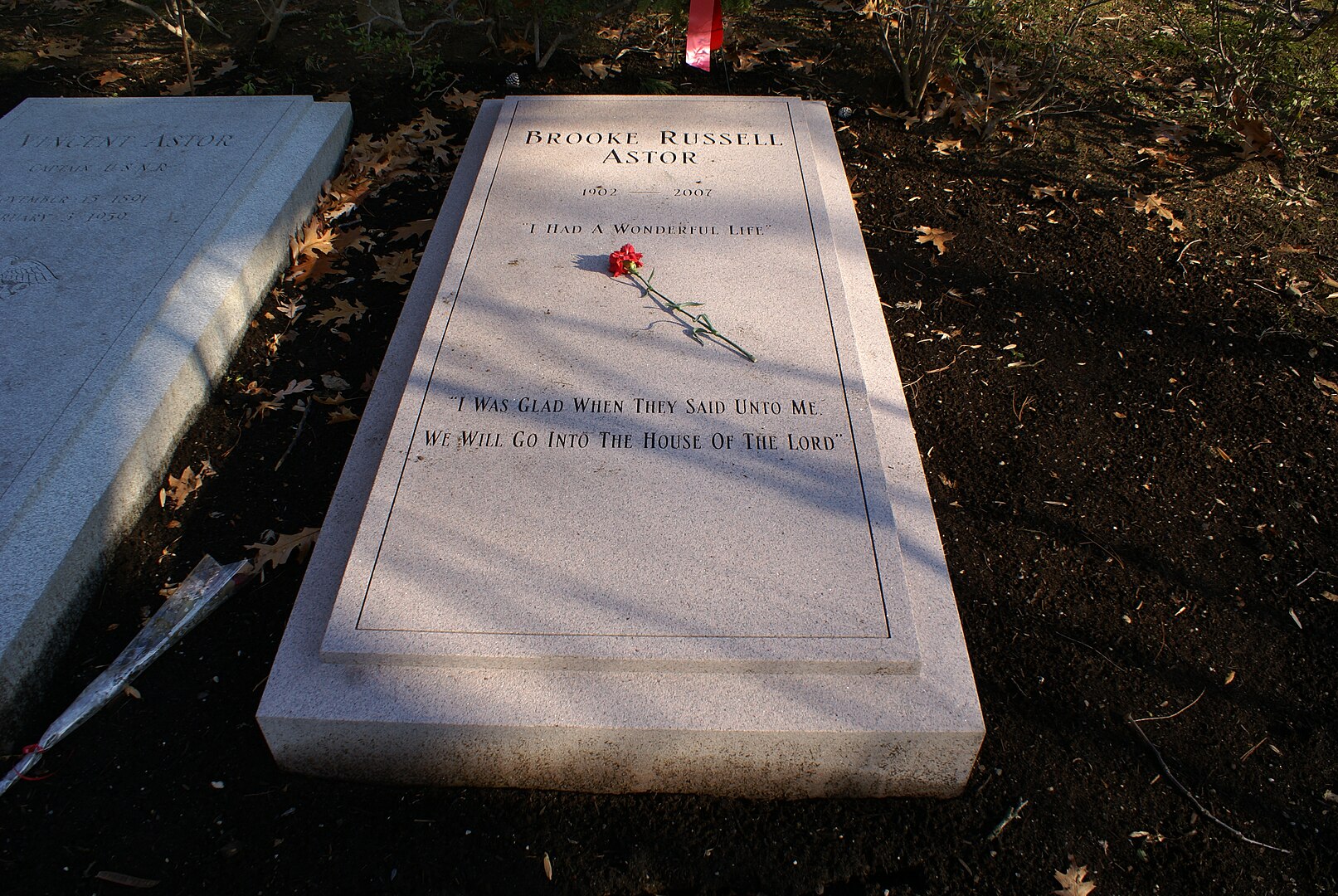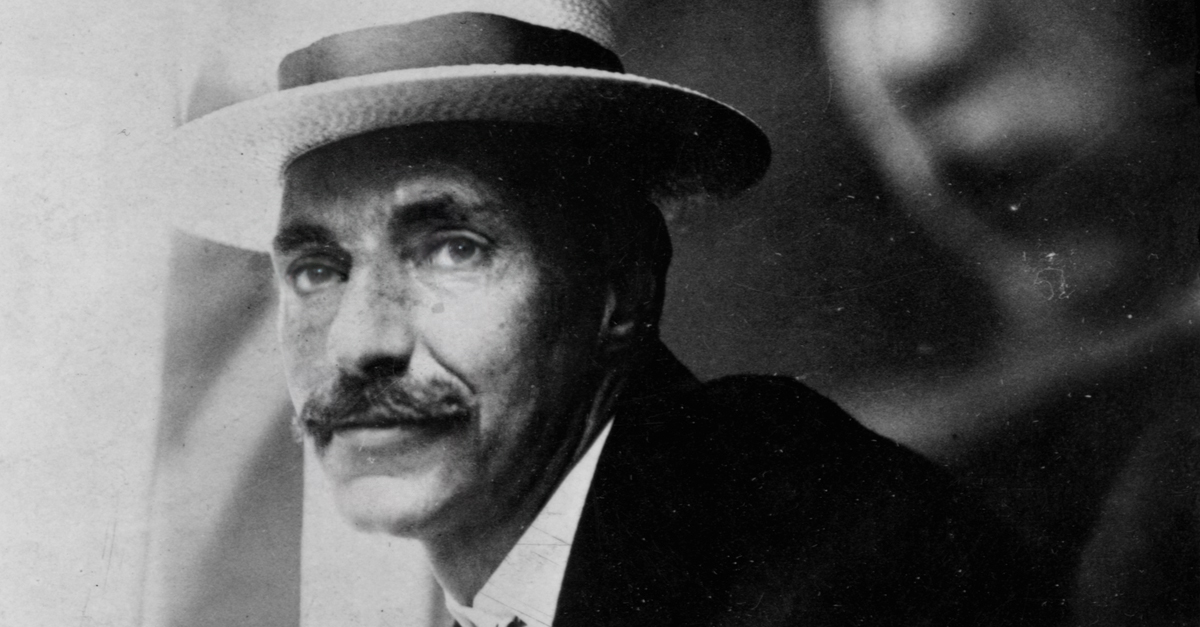A Generous Tycoon
Born out of tragedy, Vincent Astor’s instantaneous wealth was more than he knew what to do with—but he had a few ideas.
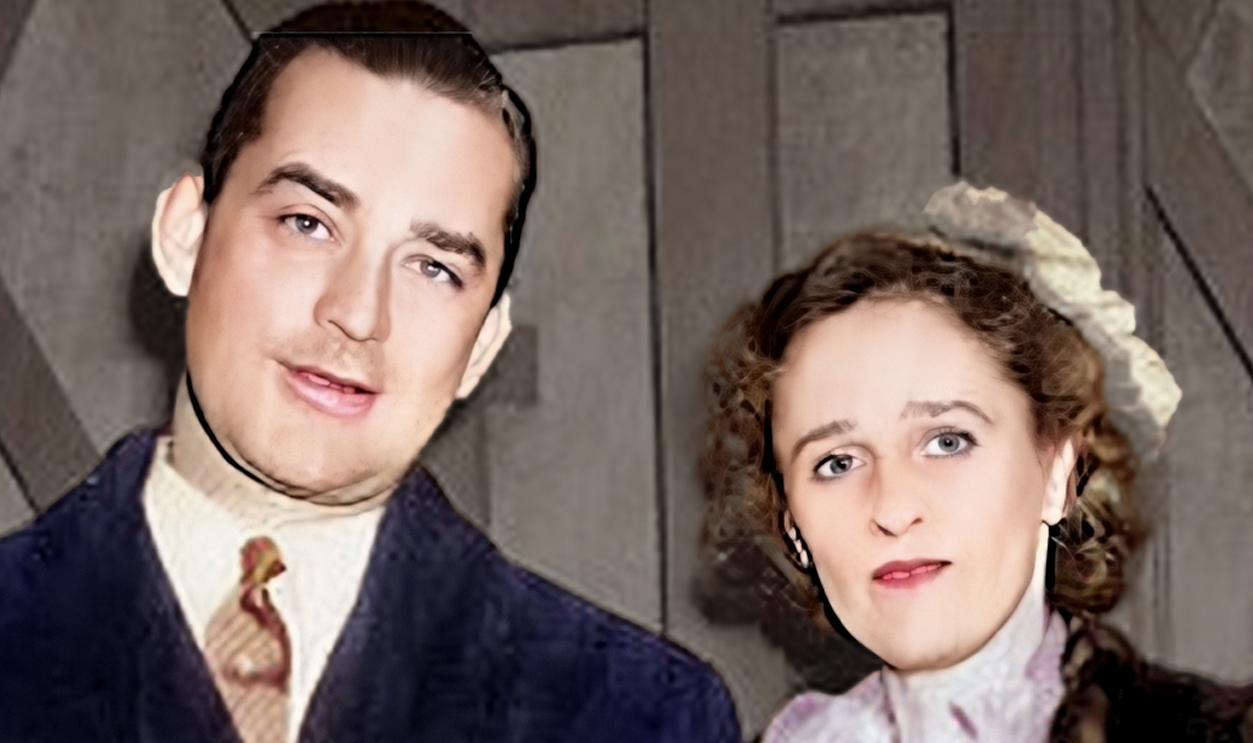
1. His Parents Were Wealthy
The world has seen a lot of millionaires since the Industrial Revolution, but one proved himself different than many of the other greedy or corrupt 1%. William Vincent Astor—known simply as Vincent—was born in 1891 to the wealth of his parents, John Jacob Astor IV and Ava Lowle Willing.
This prosperity stretched back generations.
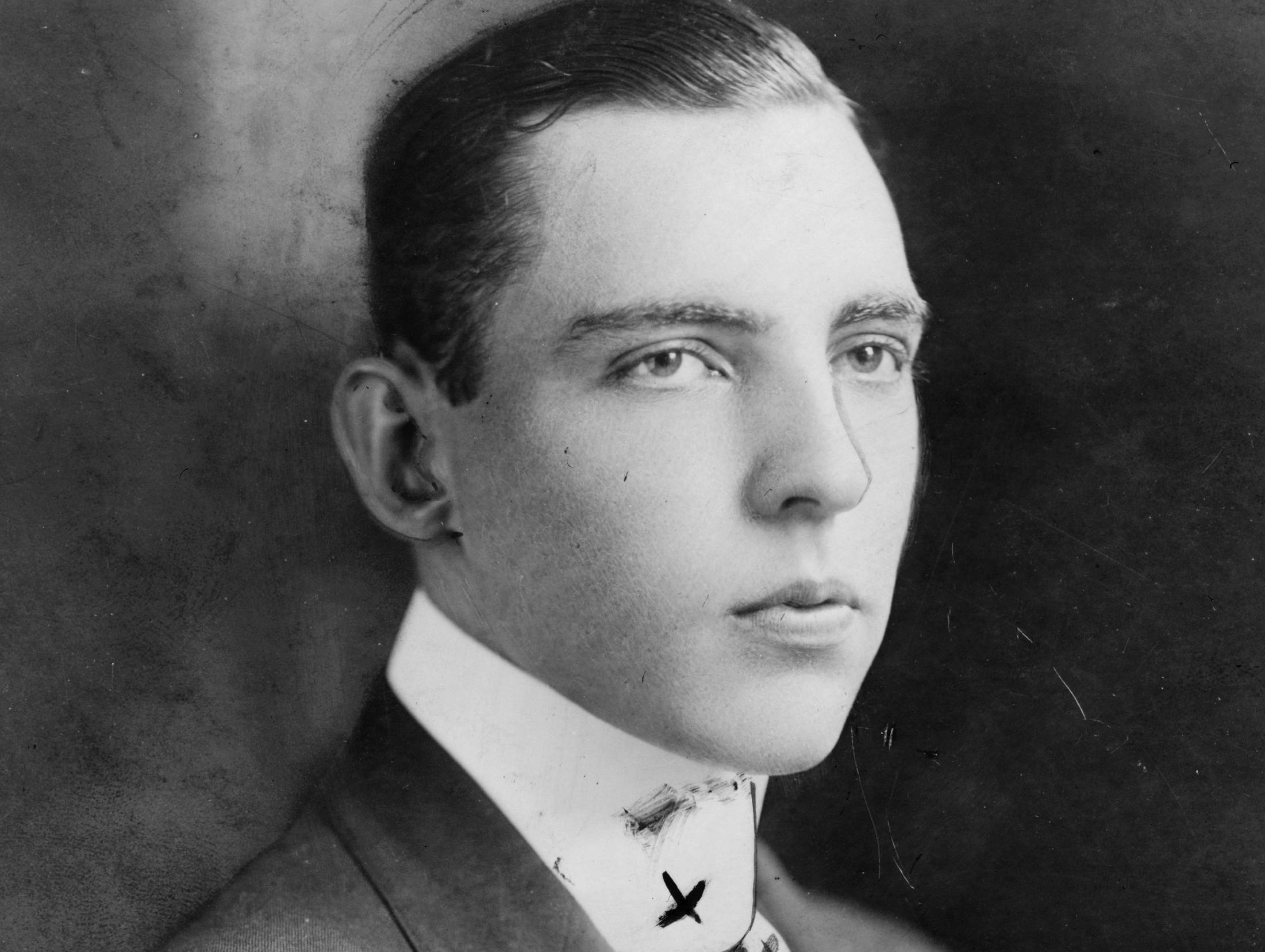 Library of Congress, Wikimedia Commons
Library of Congress, Wikimedia Commons
2. His Family Had A History
With their business dealings in America dating back to the late 1700s, the Astor family became financial giants by the 19th century. From fur trading to owning land, the Astors were shrewd businessmen who only seemed to get richer.
Vincent's father was no different.
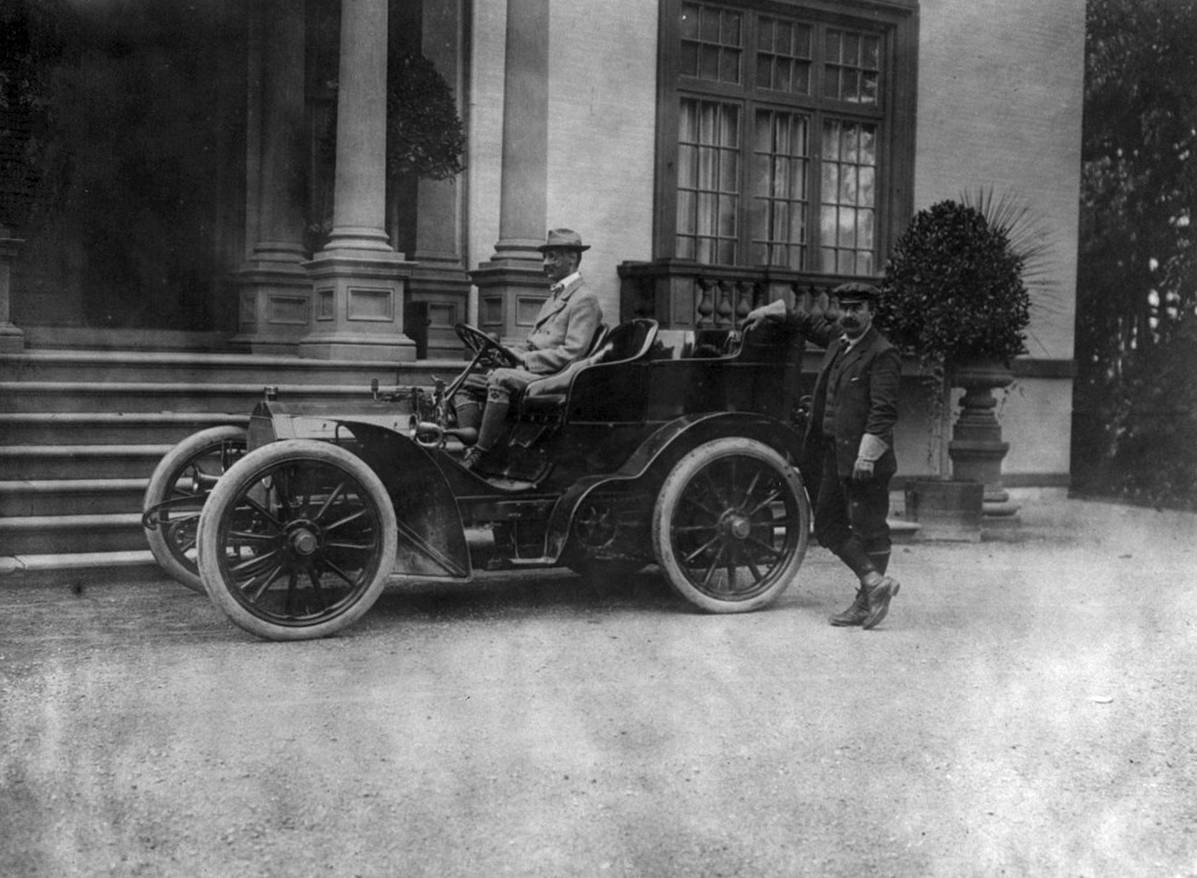 Library of Congress, Wikimedia Commons
Library of Congress, Wikimedia Commons
3. He Was A Father And Businessman
Vincent’s father, John Jacob Astor IV, was every bit as successful as his predecessors, mostly due to his business as a real estate developer. He accumulated massive wealth, but never let it stop him from being present with his son.
Unfortunately, his mother wasn’t exactly the parental type.
 Unknown Author, Wikimedia Commons
Unknown Author, Wikimedia Commons
4. His Mother Was Cruel
By all accounts, Ava Lowle Willing was a dispassionate mother at best and a cruel one at worst. She seemed to despise her marriage, and subsequently, the child that came from it.
Thankfully, Vincent and his father had a different relationship.
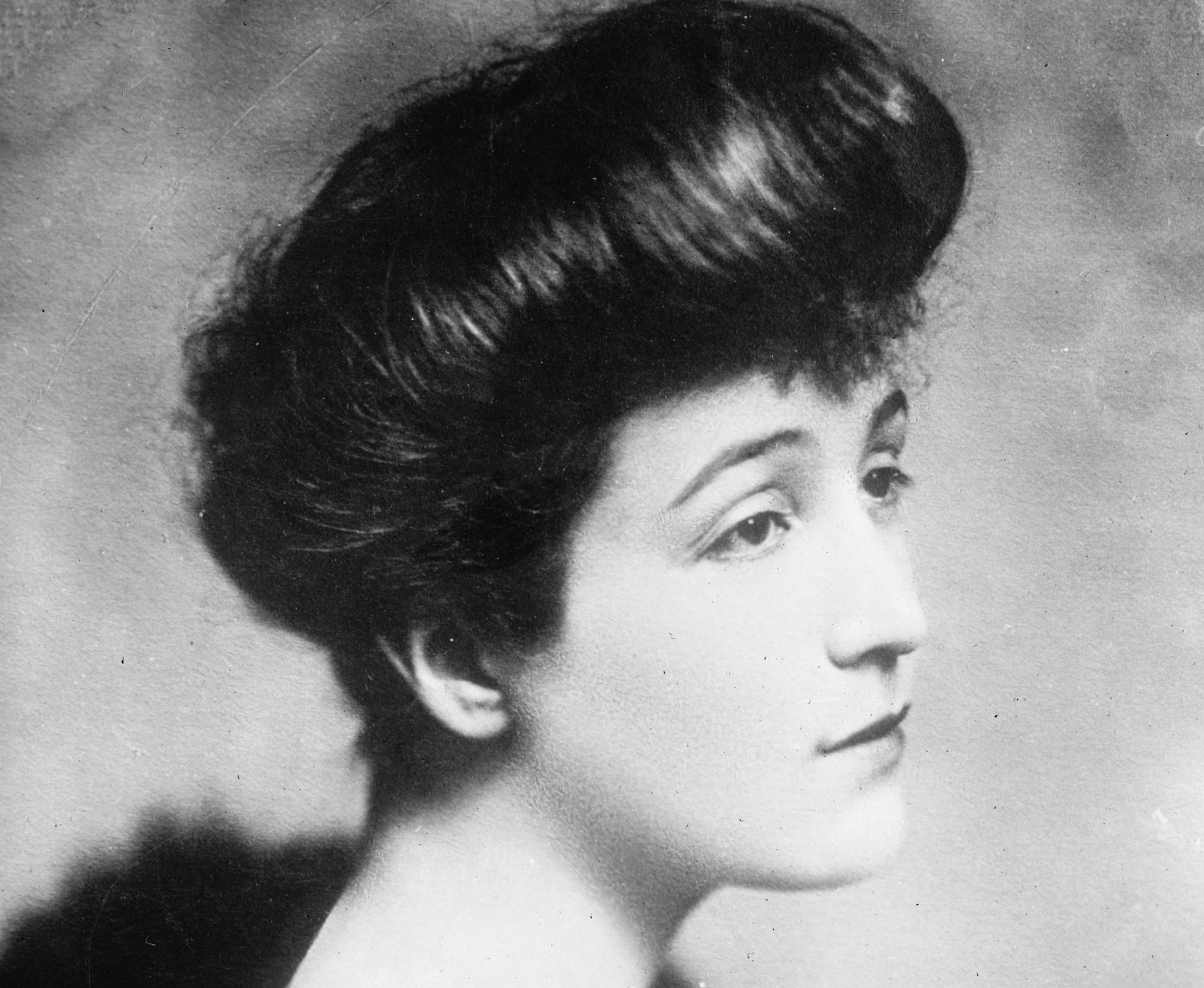 Bain News Service, Wikimedia Commons
Bain News Service, Wikimedia Commons
5. He And His Father Were Close
Vincent wasn’t the only one who resented his mother—his father felt the same way. As such, the two only grew closer together, and it was clear that both preferred the company of each other to that of Ava.
Many of Vincent and his father’s days were spent together, happily bonding.
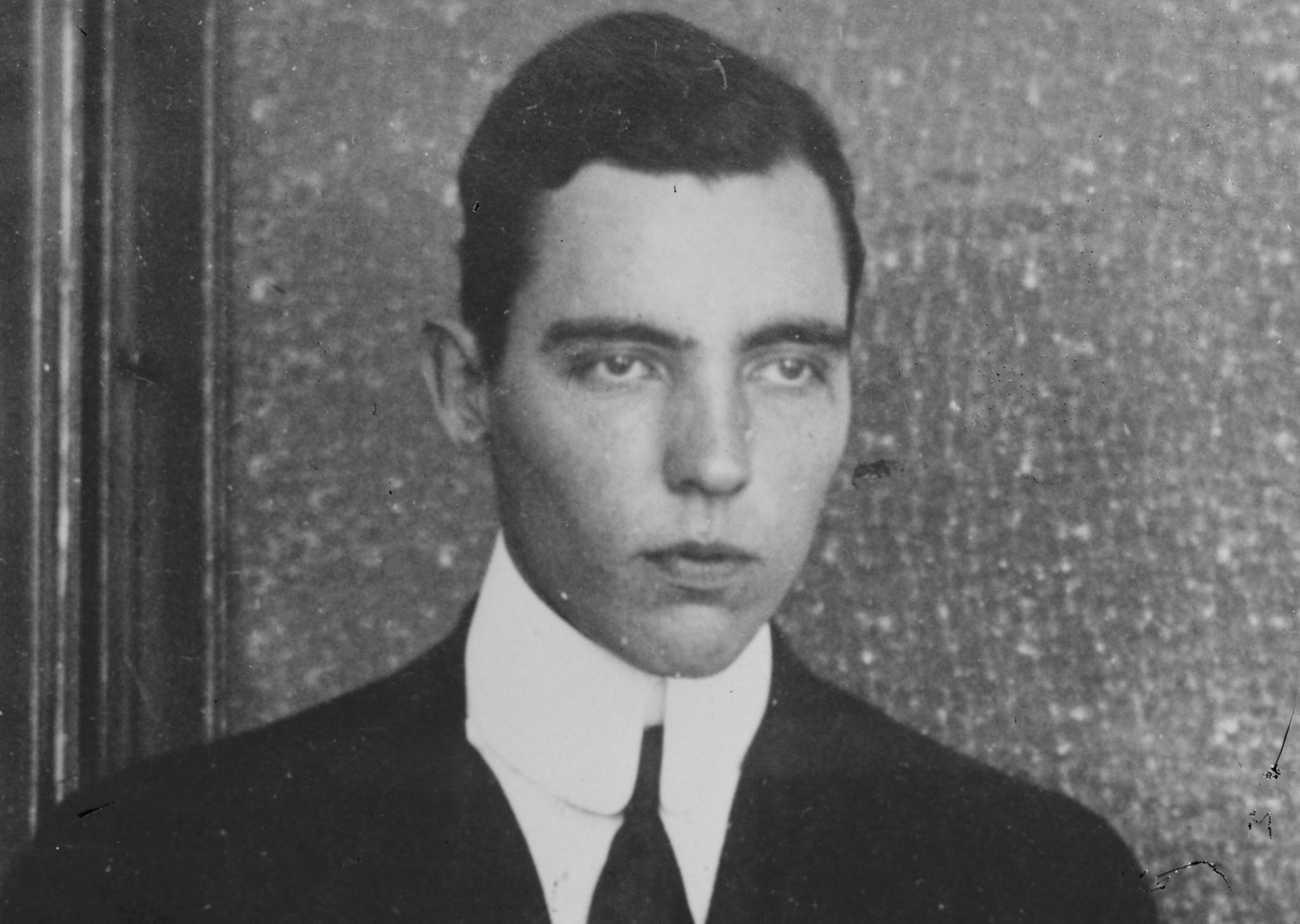 Bain News Service, Wikimedia Commons
Bain News Service, Wikimedia Commons
6. They Spent Time Together
Vincent and his father were constantly around each other, spending most of their time at sea. They would often go out on the family’s steam yacht, the Nourmahal, and create some of the fondest memories held by either man.
Eventually, his father met someone else.
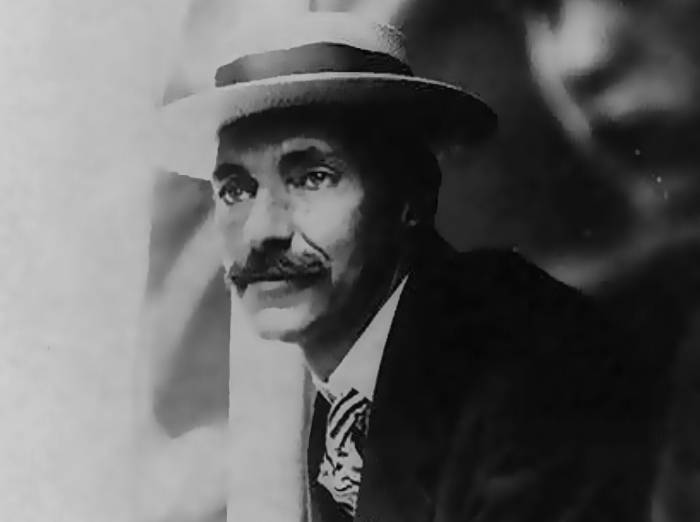 Bain Collection, Wikimedia Commons
Bain Collection, Wikimedia Commons
7. Their Family Had New Additions
Inevitably, the miserable marriage of Vincent’s parents ended, and they divorced in 1909. While the press was already all over this, John got the gossip mill churning by revealing his plans to remarry shortly after. In 1911, John married the much younger socialite—Madeleine Talmage Force—and had a son with her a year later.
But disaster was on the horizon. Sadly, Vincent and his new little brother would have to make their way without their father.
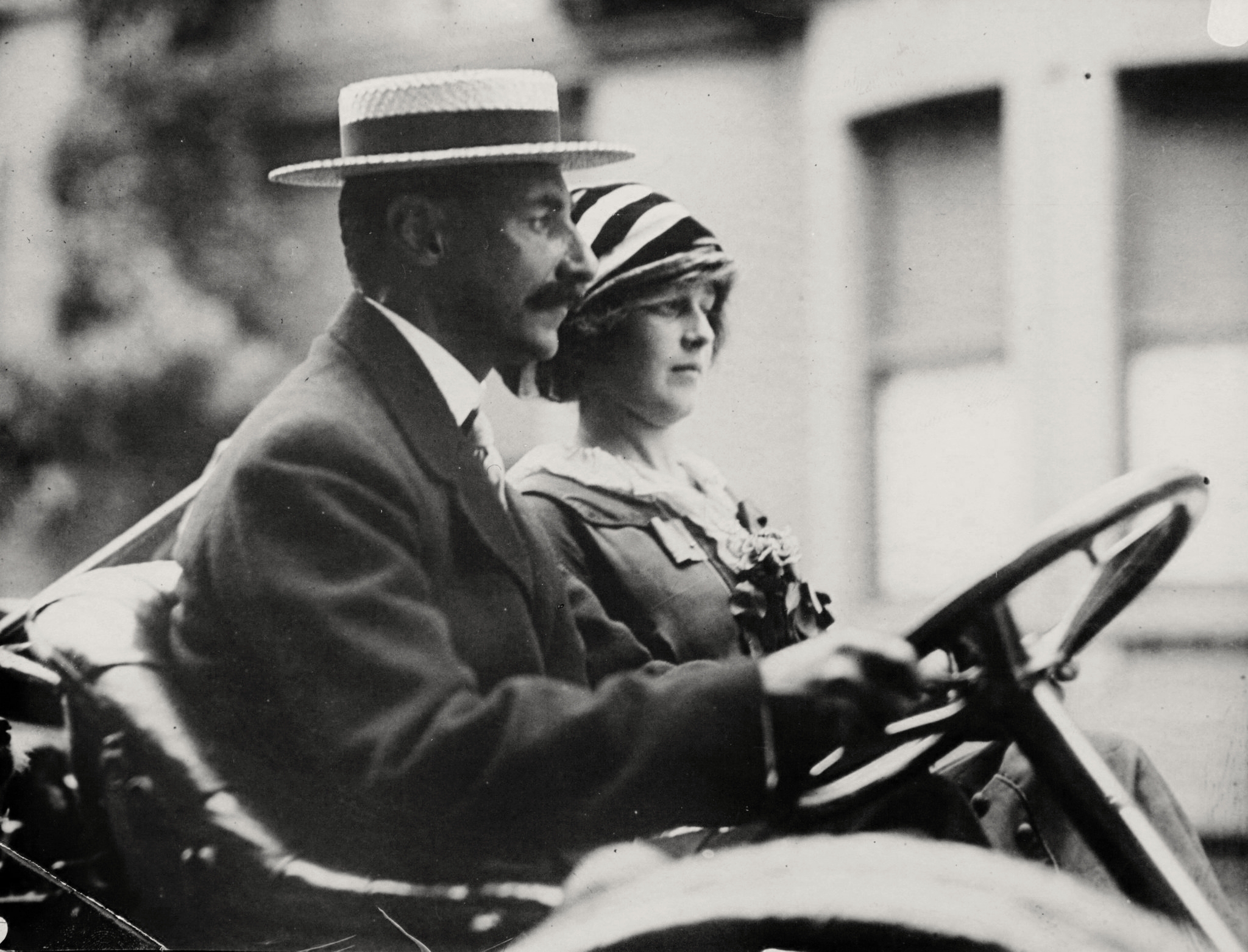 Unknown Author, Wikimedia Commons
Unknown Author, Wikimedia Commons
8. There Was A Famous Disaster
John Jacob Astor IV’s life was sadly cut short in one of history’s most infamous calamities. In 1912, John had the misfortune of being one of the guests aboard the Titanic when it sank. While his new wife survived the disaster, it was women and children only on the lifeboats, so John went down with the ship.
This inflicted a drastic change in Vincent’s life.

Sign up to our newsletter.
History’s most fascinating stories and darkest secrets, delivered to your inbox daily. Making distraction rewarding since 2017.
9. He Inherited It All
When Vincent’s father perished in the Atlantic, he had been the richest person on the ship. So naturally, when Vincent received his inheritance, he instantly became one of the wealthiest men in the world. Historians guess his inheritance would have equaled $121 billion with today’s inflation.
He also received something that was no doubt even more precious to him.
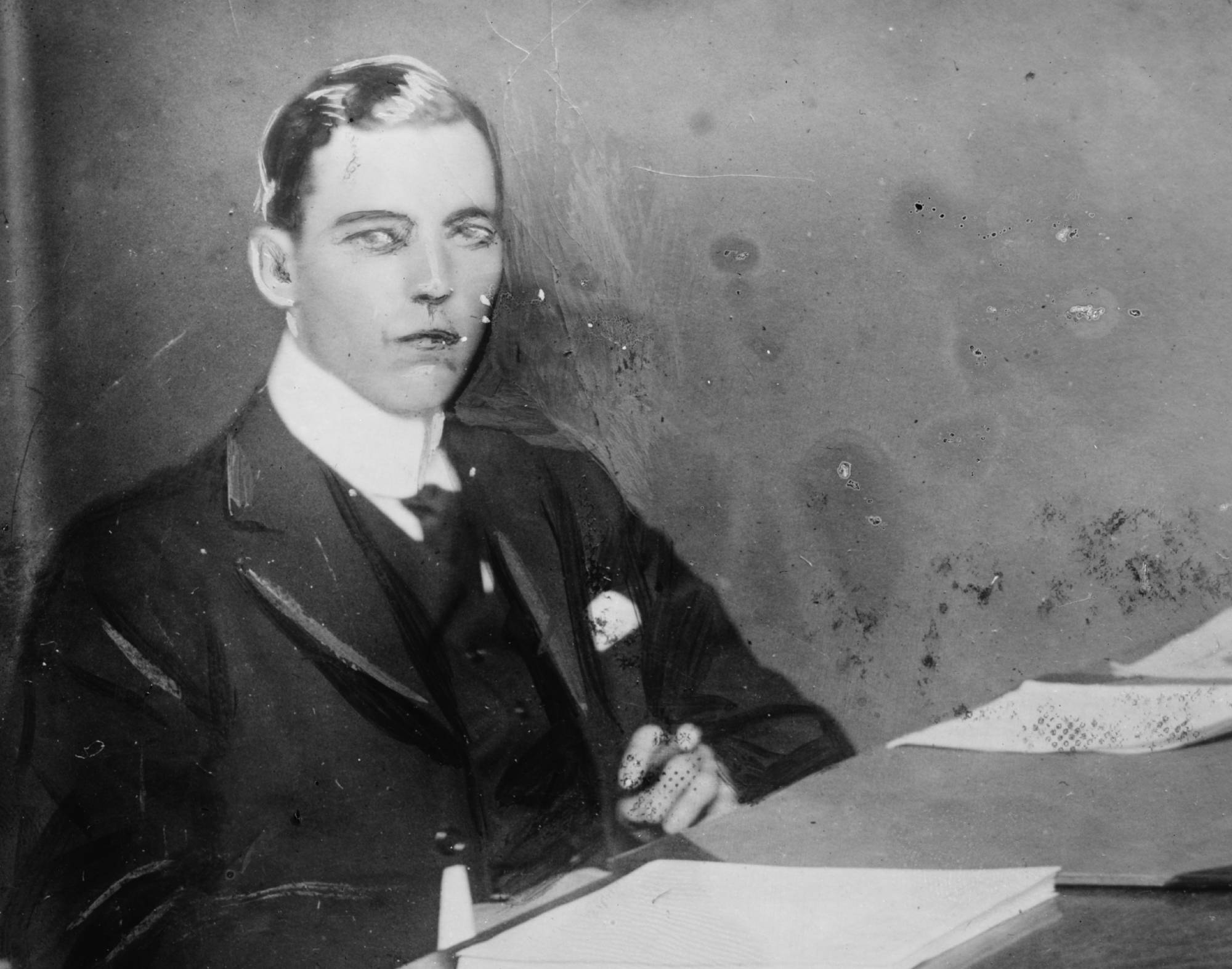 Bain News Service, Wikimedia Commons
Bain News Service, Wikimedia Commons
10. He Kept It With Him Always
Among the giant stacks of money and the enormous properties Vincent inherited, he received something much smaller, yet even more valuable to him. His father’s gold watch was recovered from his body and given to Vincent, who cherished it and constantly had it close by.
With this newfound wealth, other priorities seemed less important.
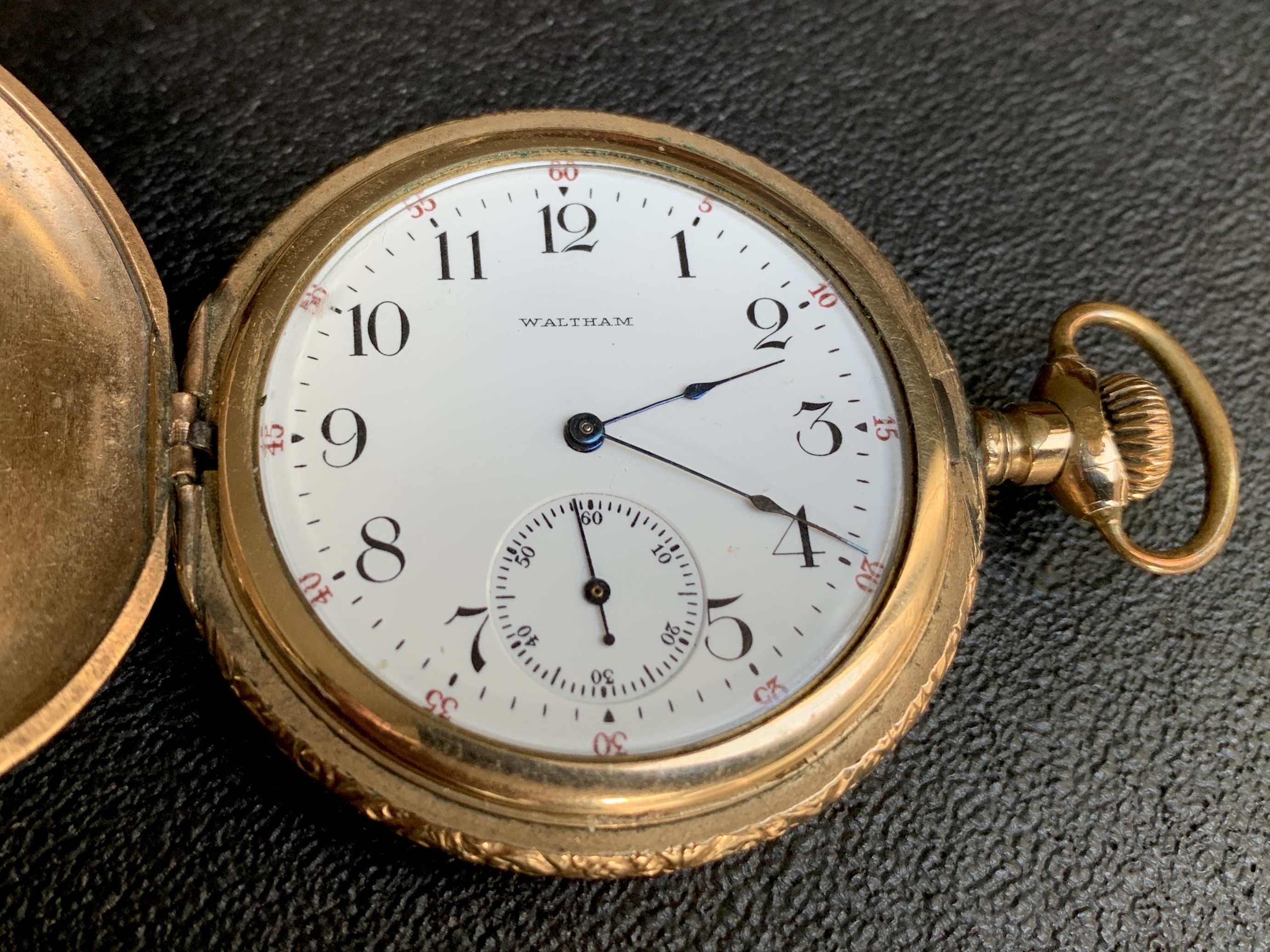 Majvdl, CC BY-SA 4.0, Wikimedia Commons
Majvdl, CC BY-SA 4.0, Wikimedia Commons
11. He Stopped Going To School
Inheriting all that money changed many things for Vincent, and his education was one of them. After his father’s passing, he dropped out of Harvard, as he had new responsibilities and no longer needed to attend university.
Free from schoolwork, he could focus on some of his more significant assets.
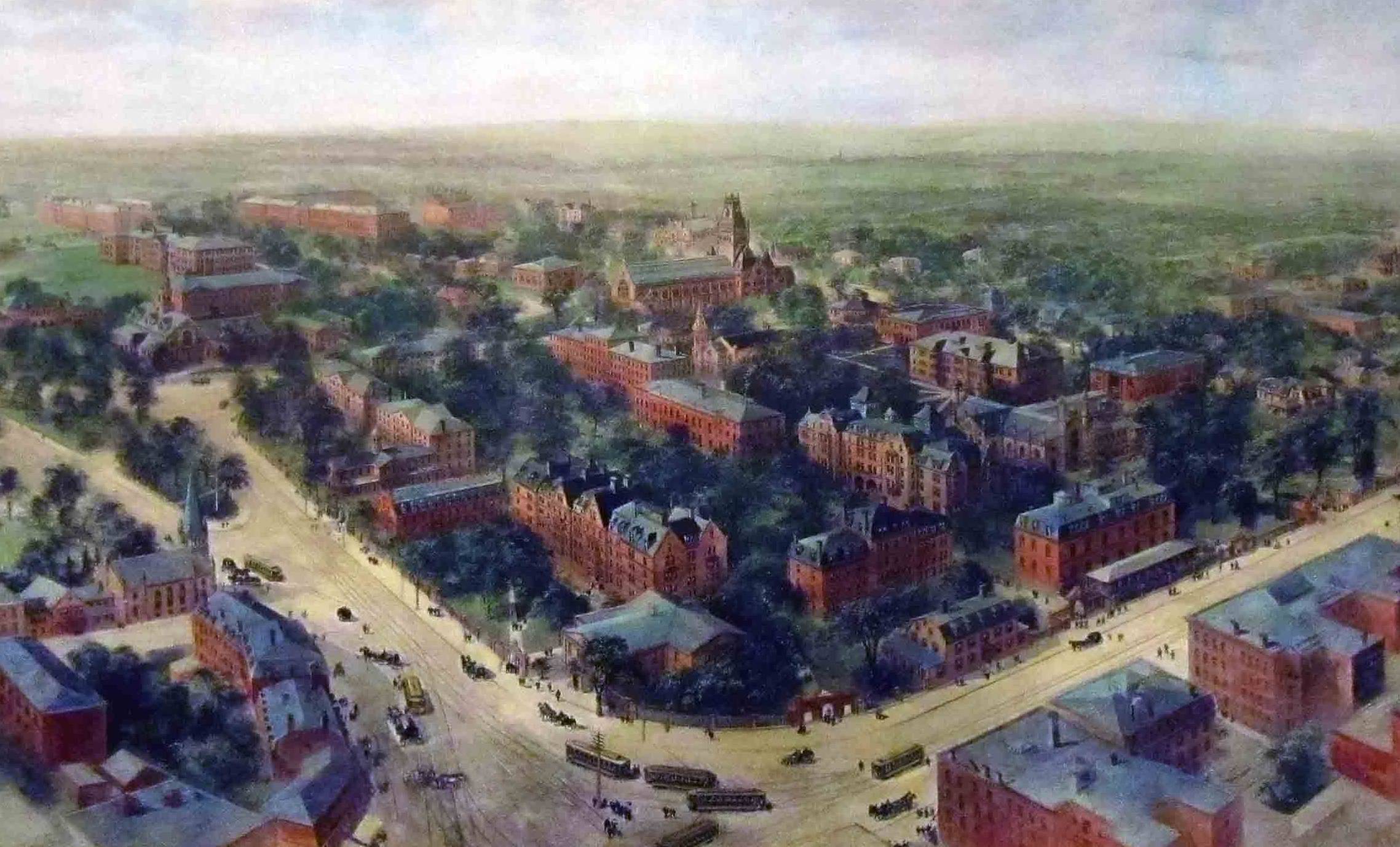 Richard Rummell, Wikimedia Commons
Richard Rummell, Wikimedia Commons
12. He Was Given A Hotel
One of the most respected properties Vincent inherited was the St Regis Hotel in New York City, which his father had opened in 1904. This was no small-time bed and breakfast either, but rather a hub of activity for the fashionable and hip.
And this wasn’t just any building.
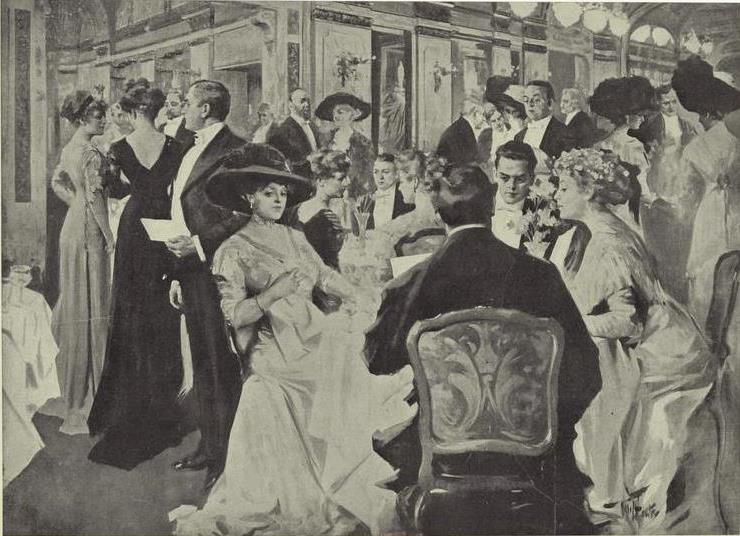 William Foster, Wikimedia Commons
William Foster, Wikimedia Commons
13. It Was A Glamorous Building
From the New York City streets, the St Regis Hotel was easily singled out as the most beautifully unique building around. Beyond being the epitome of turn-of-the-century luxury and elegance, Astor's hotel was even more praised for the technical advancements in its engineering.
Beyond its impressive outer shell, the hotel had a special quality.
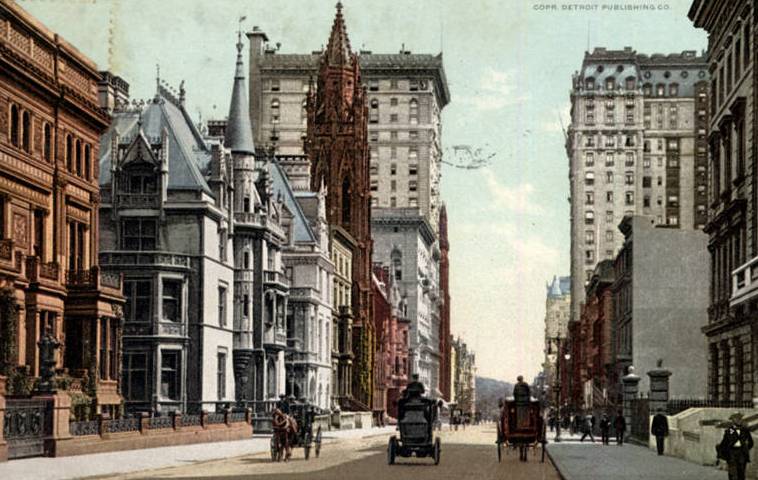 Unknown Author, Wikimedia Commons
Unknown Author, Wikimedia Commons
14. It Was Unique
Those who worked closely with the St Regis Hotel knew its atmosphere was very special. Workers described the hotel as “not a place for billionaires only,” even though it felt more exclusive than any others. Anyone with good taste and modest means could enjoy the St Regis.
But despite its exceptional quality, Astor didn’t keep the hotel for long.
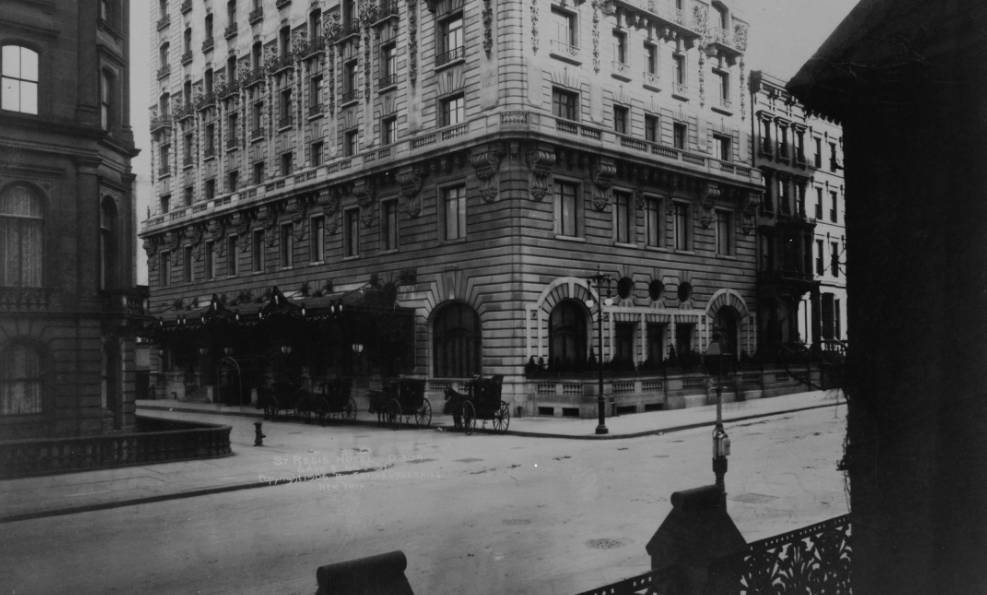 Underhill, Irving, Wikimedia Commons
Underhill, Irving, Wikimedia Commons
15. He Sold It
For reasons unknown, Vincent decided he no longer wanted the St Regis. In 1927, he sold the property to an industrialist named Benjamin Duke, who initially made some lovely additions.
Already, Vincent was proving different than his predecessors.
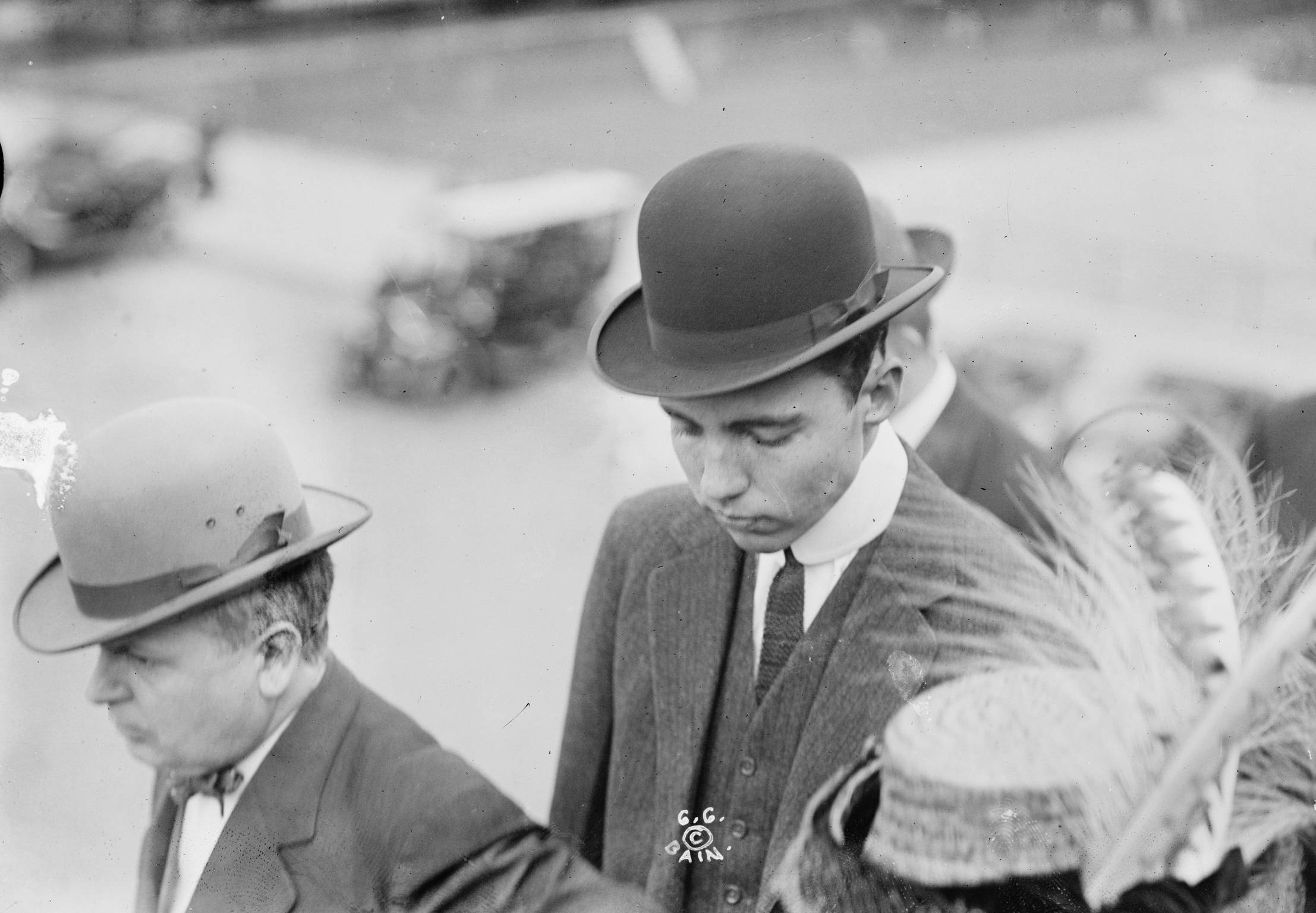 Bain News Service, Wikimedia Commons
Bain News Service, Wikimedia Commons
16. His Family Had A Reputation
Like many people of such wealth, the Astors had developed a reputation of greedy misers, uncaring for those they had taken advantage of. By Vincent’s time specifically, many looked upon his family with disdain as nothing more than cruel slumlords and Robber Barons.
To combat this, Astor got to work immediately.
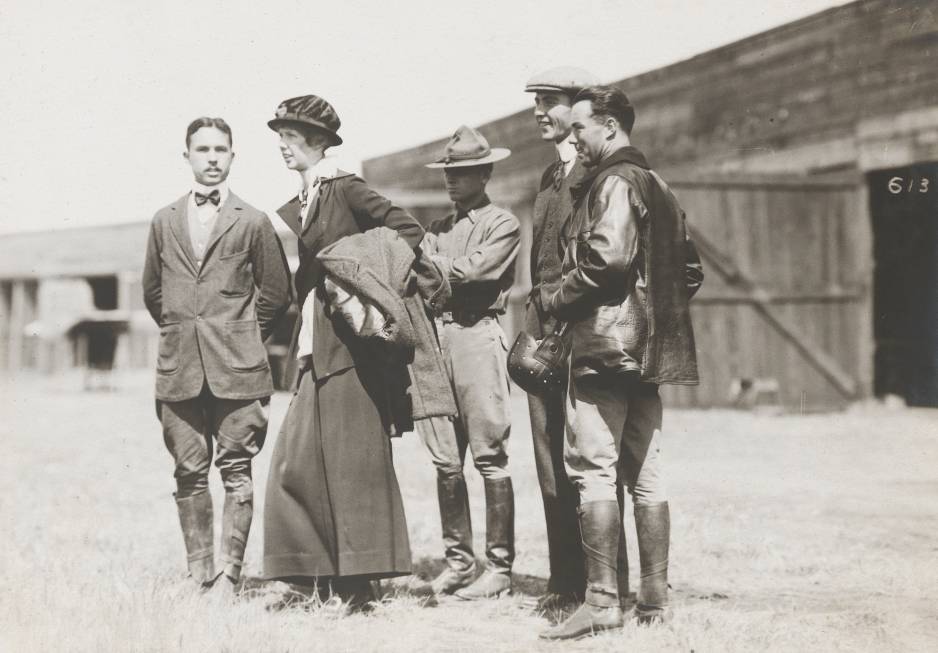 SMU Libraries Digital Collections, Wikimedia Commons
SMU Libraries Digital Collections, Wikimedia Commons
17. He Started Making Changes
Vincent’s more sensitive nature, which some attributed to his mother's mistreatment, instilled a desire to improve his family’s image. In his eyes, the simple answer was to help as many people as possible.
It wasn’t long until another big change came along.
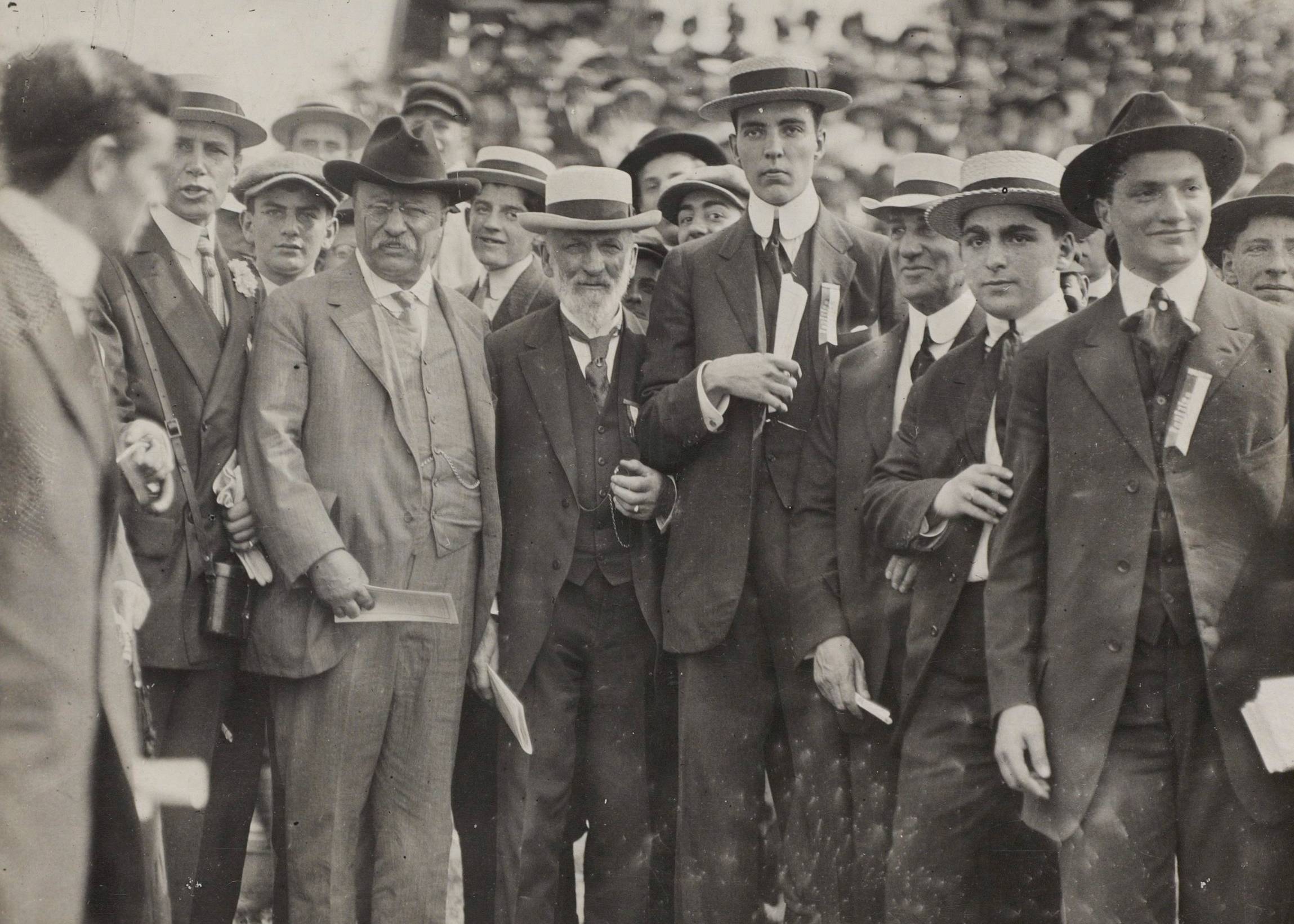 Library of Congress, Wikimedia Commons
Library of Congress, Wikimedia Commons
18. He Met Someone
Vincent wasn’t the most charming bachelor—in fact, others described him as thoroughly awkward—but billions of dollars are a pretty good icebreaker, and he eventually met someone special. In 1914, he married socialite Helen Dinsmore Huntington.
However, their wedding wasn’t exactly a dream come true.
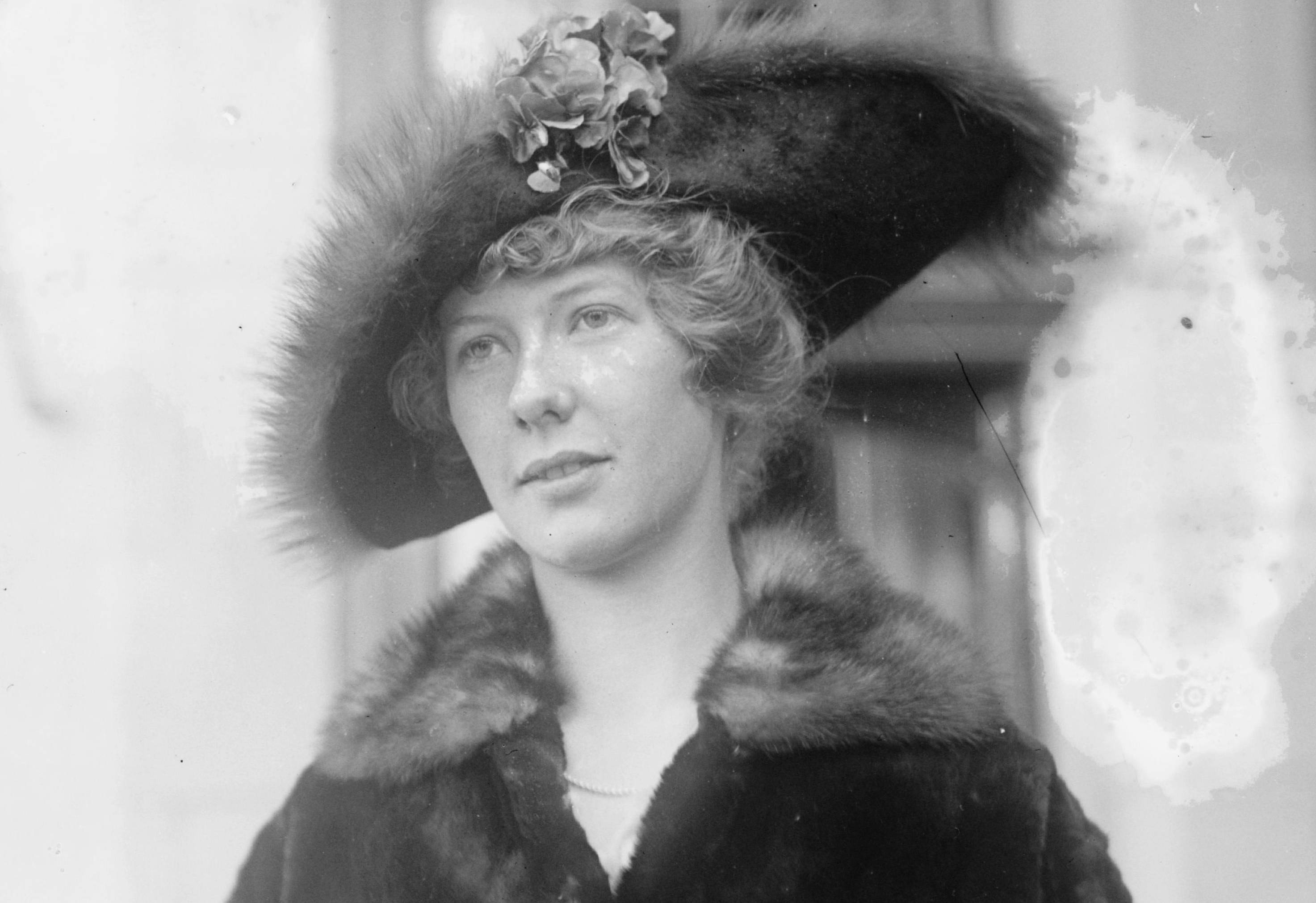 Bain News Service, Wikimedia Commons
Bain News Service, Wikimedia Commons
19. He Contracted An Illness
Like lots of people, Vincent probably was worried that something would go wrong at his wedding—but I doubt in his worst nightmares did he predict what actually happened. On the day of the ceremony, he came down with the mumps.
I'm sure that felt bad enough—but it was even worse than he realized. The infection left him sterile. It was a terrible start to a marriage...and it was going to get even worse.
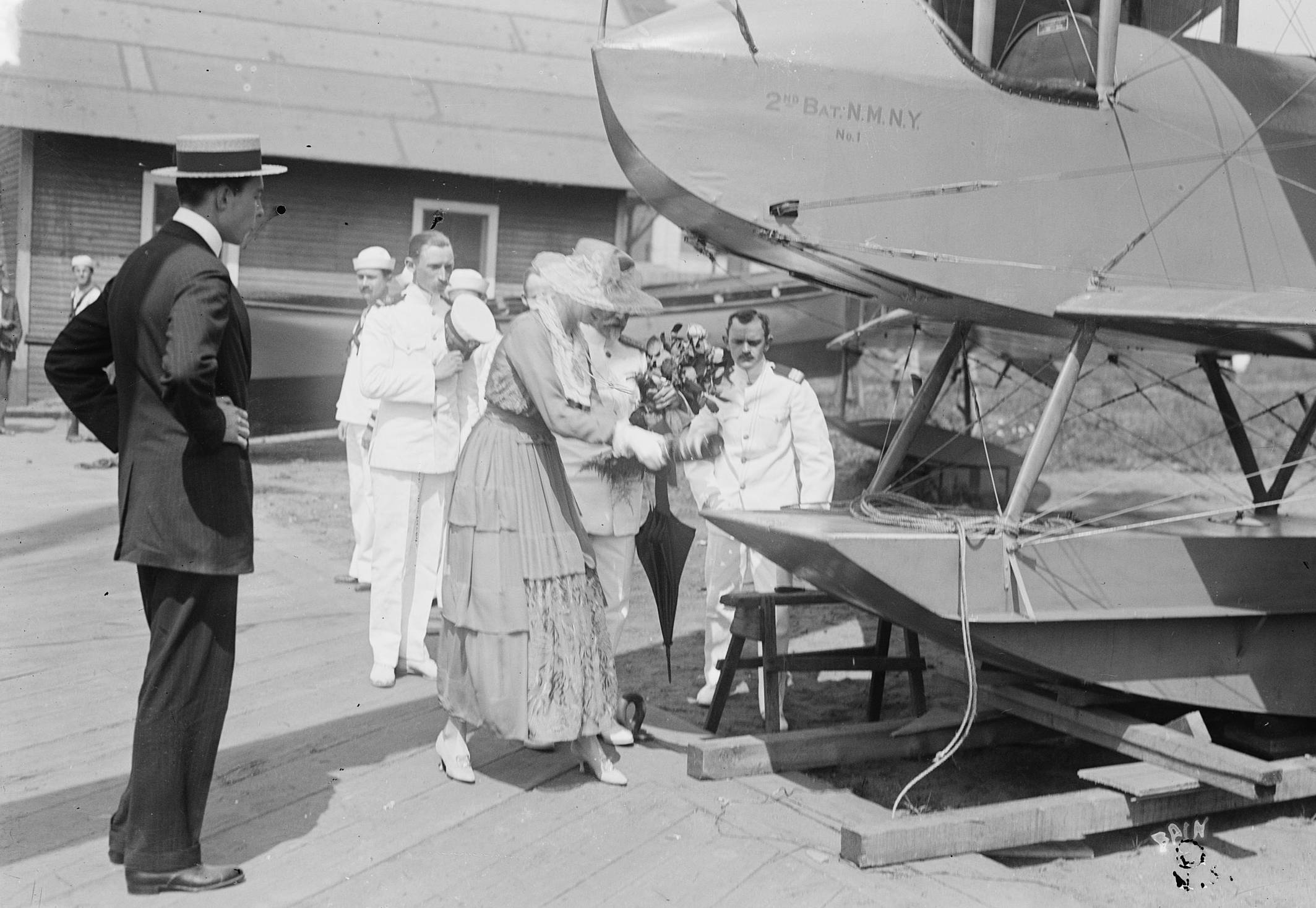 George Grantham Bain Collection, Wikimedia Commons
George Grantham Bain Collection, Wikimedia Commons
20. His Wife Had A Secret Side
While Vincent and Helen’s marriage was nowhere near as volatile as his parents' had been, it didn’t seem the most fulfilling. The two barely spent any time together, likely because his wife was hiding a huge secret.
She was—as her friends described her—"a grand, old-fashioned lesbian". While it’s unclear how evident this was to Astor, he soon had bigger problems.
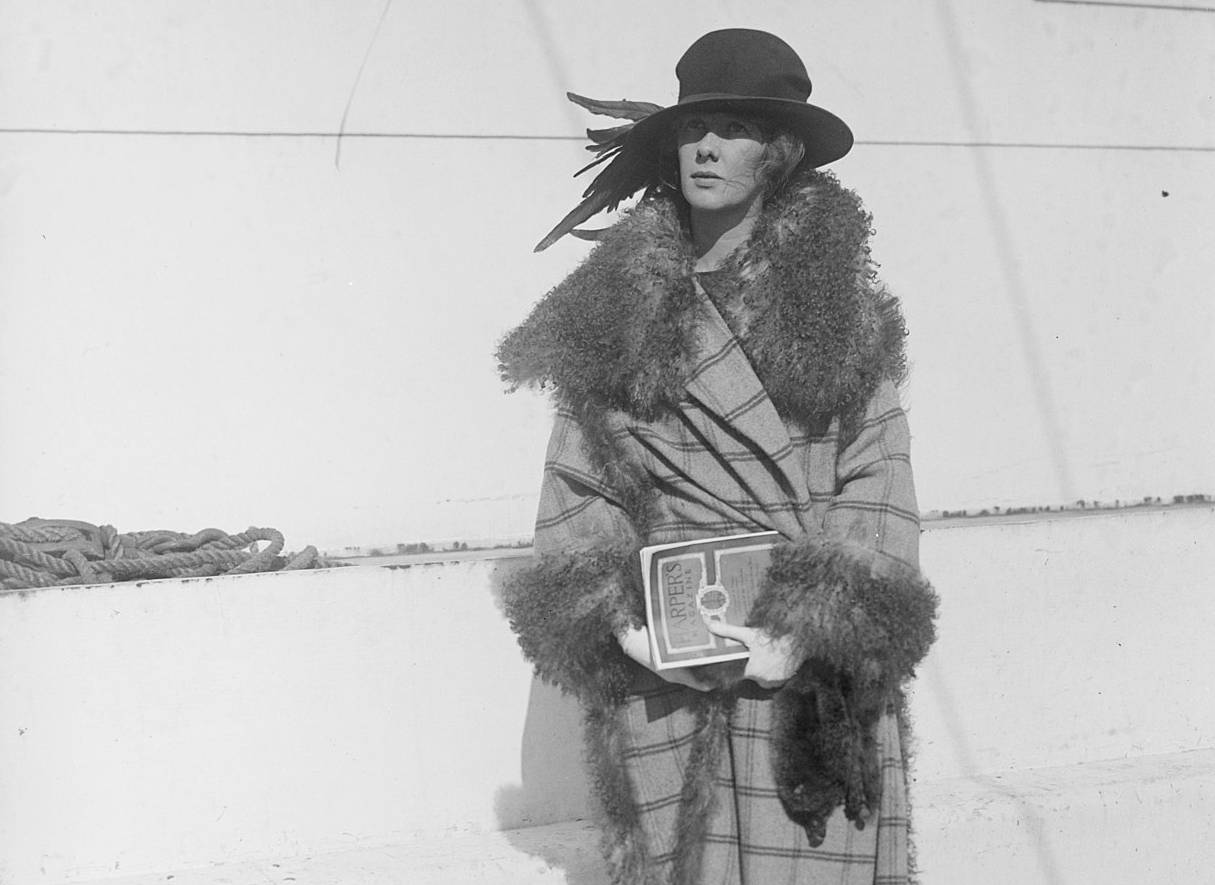 Bain News Service, Wikimedia Commons
Bain News Service, Wikimedia Commons
21. He Volunteered
Having joined the US Naval Reserve by the time WWI began, Vincent signed up for active duty with the Navy in 1917 at the behest of his friend, Franklin D Roosevelt. Even before this, he did his part while still at home, being given a crucial responsibility.
22. He Had Guard Duty
Before volunteering for active duty in the Navy, Vincent had already served in the New York Naval Militia. By order of the Governor, he received the job of helping to guard New York’s bridges and aqueducts against any possible German operations.
The threat never materialized, but Astor still quickly rose through the ranks.
23. He Was Promoted
After only a year of active duty, Vincent’s service gained a great deal of respect from the higher-ups. Eventually, in July 1918, the Navy rewarded him with the rank of lieutenant and sent him overseas.
No one could say that he didn’t give all he could.
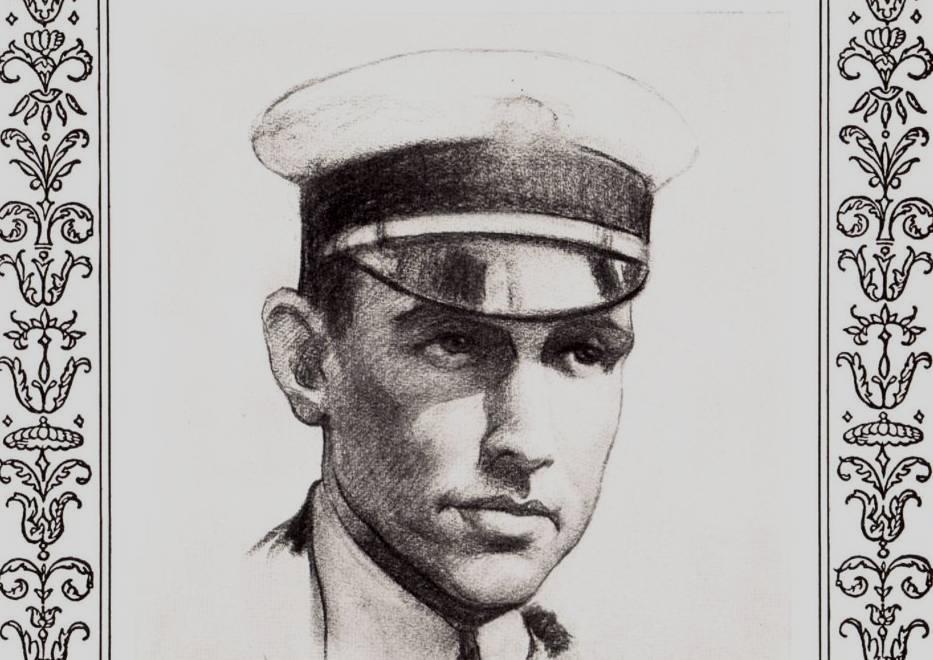 Time Magazine, Wikimedia Commons
Time Magazine, Wikimedia Commons
24. He Took His Own Boat
During his time overseas, Astor served on several ships, one of which was very familiar to him. For part of WWI, he used his own private steam yacht—the USS Noma—as a patrol ship.
While in the service, he also had some familiar company.
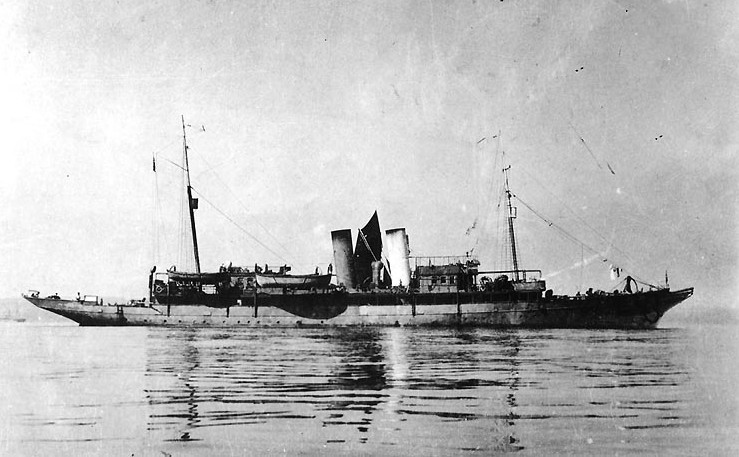 Unknown Author, Wikimedia Commons
Unknown Author, Wikimedia Commons
25. She Joined Him
While Astor was serving in France, he was joined by someone who he already knew very well. His wife, Helen, had been doing a lot of charity work and traveled to France to help the YMCA in Bordeaux. Nothing brings an estranged couple together like a common foe.
But it wasn't all happy reunions. Around time, Astor nearly befell the same fate as his father.
26. He Survived A Familiar Disaster
During his assignment on the armored yacht USS Aphrodite, Vincent’s vessel ran into a situation eerily similar to one that had already plagued his family. While en route to Germany, the ship hit an anchored mine, threatening to sink the yacht. Thankfully, unlike his father, Vincent stayed afloat and made it ashore.
Once he returned to civilian life, Vincent got back to what he did best: enjoying and utilizing his wealth.
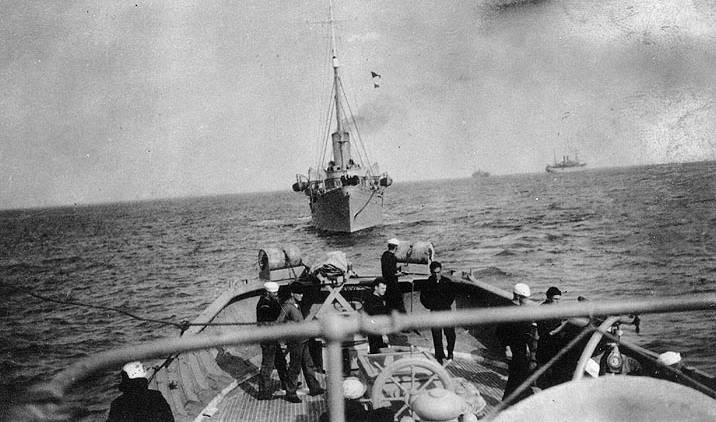 U.S. Naval Historical Center photograph, Wikimedia Commons
U.S. Naval Historical Center photograph, Wikimedia Commons
27. He Joined Several Clubs
As a man of high standing, people expected Vincent Astor to participate in several of New York’s most esteemed societies. For instance, his father had been a member of the Society of Colonial Wars, so he also joined. Later in life, he received the title of Commodore in the New York Yacht Club.
Beyond these organizations, he also tried to help others as much as possible.
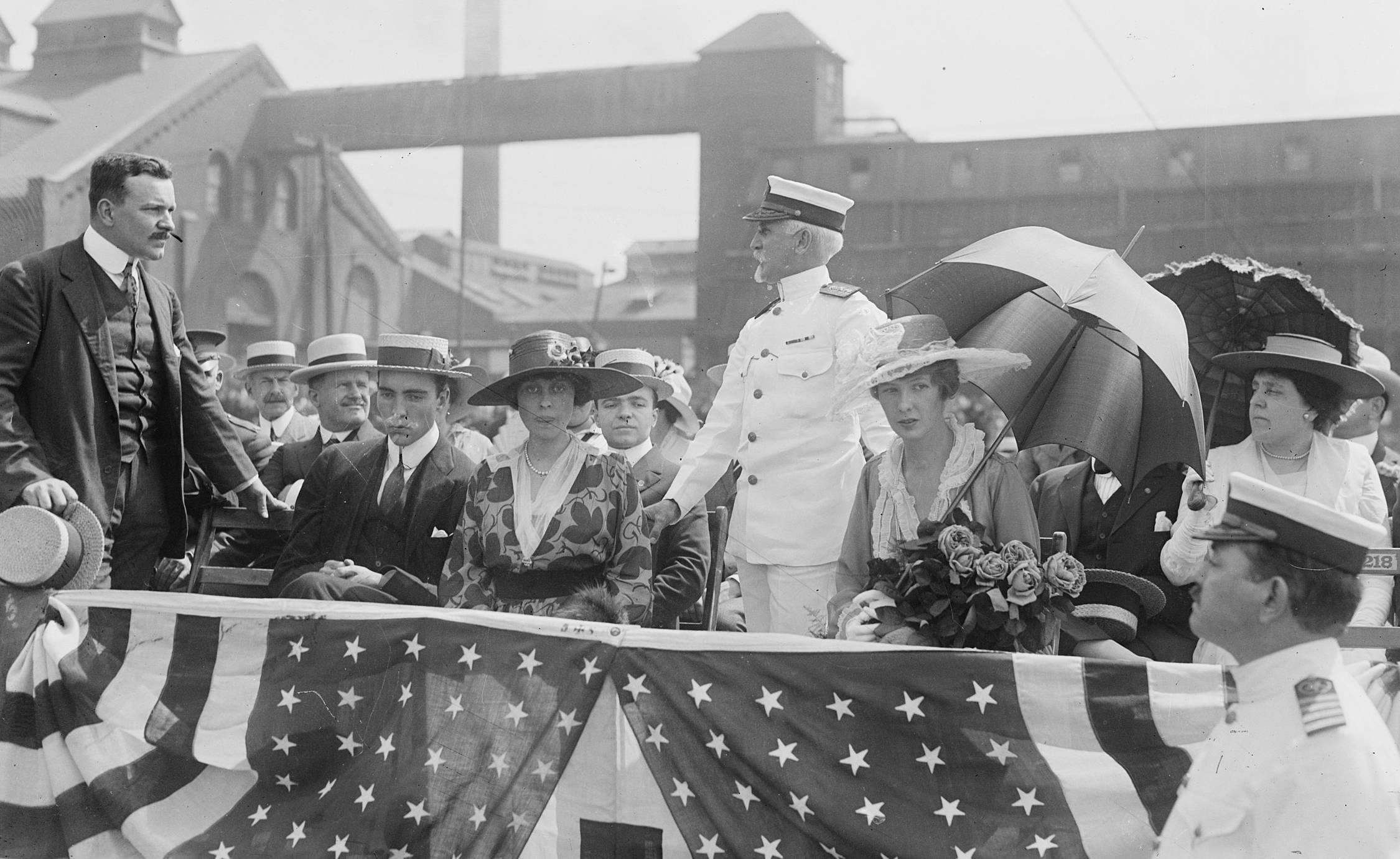 Bain News Service, Wikimedia Commons
Bain News Service, Wikimedia Commons
28. He Funded An Expedition
In 1929, explorer Richard Byrd made the first successful flight over the South Pole, which was only possible with funding provided partly by Vincent Astor. Vincent was even immortalized for his generosity, as Byrd named one of the Antarctic mountains Mount Astor.
On the less extreme end of adventure, Astor helped facilitate travel across an entire country.
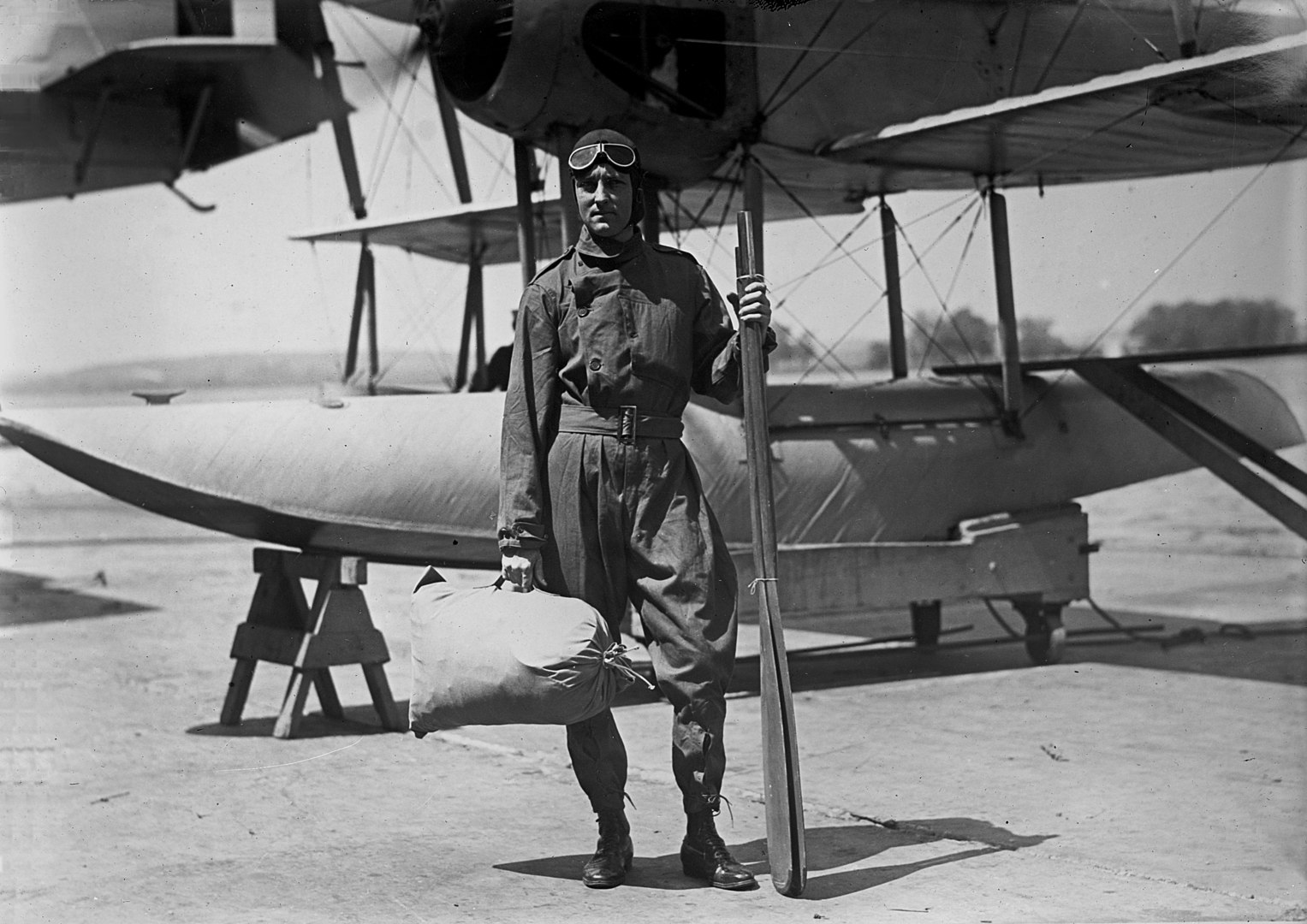 George Grantham Bain, Wikimedia Commons
George Grantham Bain, Wikimedia Commons
29. He Built A Train Station
Stemming purely from one of his interests, Vincent purchased land in Bermuda with plans to develop it. With this property, he built a complete union station and rail system attached to the Bermuda Railway.
Later, he reacquired possession of a valuable piece of his inheritance.
30. He Took Back His Hotel
Although Benjamin Duke had improved the St Regis Hotel, his care didn’t last forever. As the 1930s progressed, the hotel fell further into decline and Duke declared bankruptcy. By default, Vincent became the sole owner again.
Now that Astor had it back, he put his all into it.
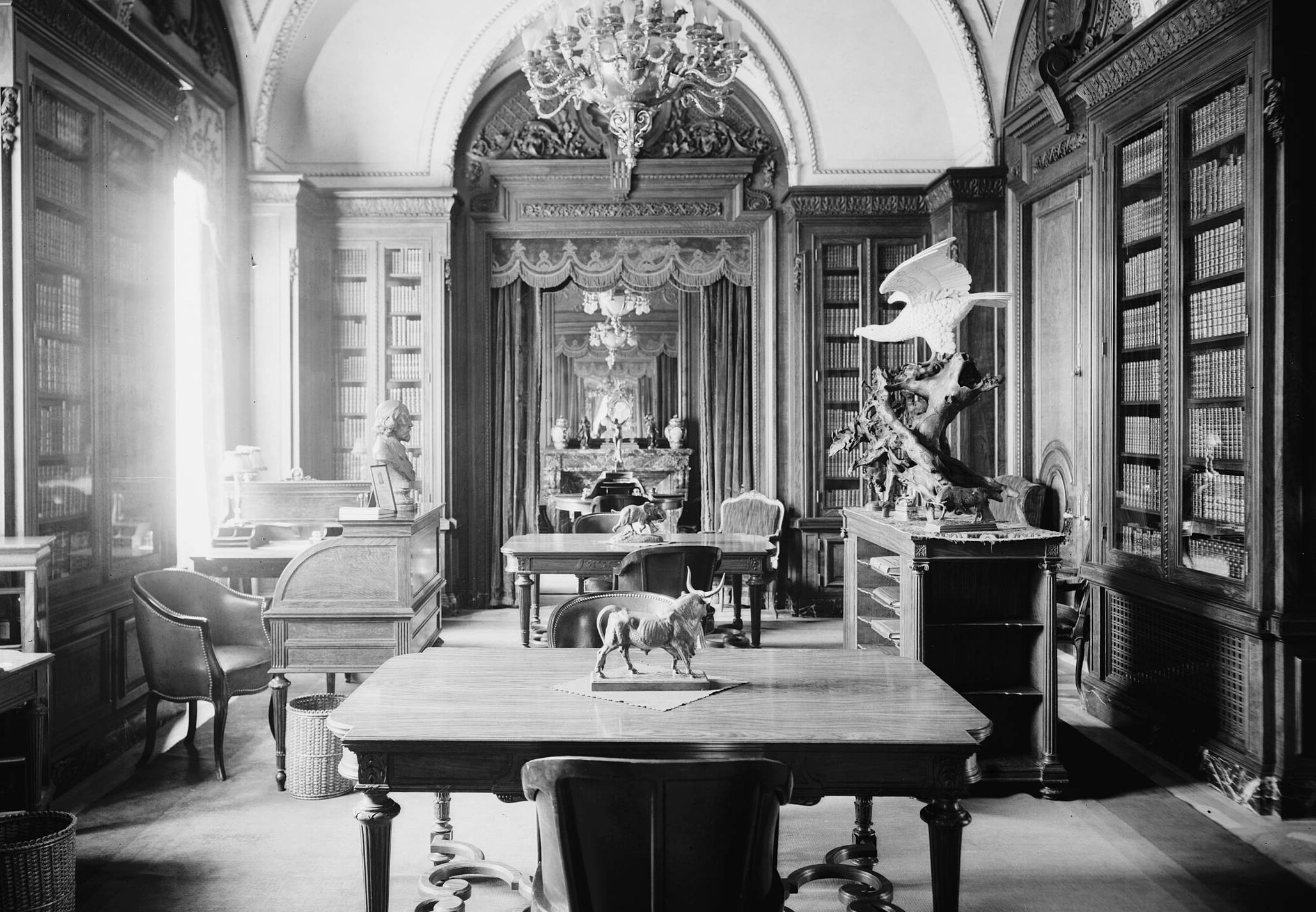 Bain News Service, Wikimedia Commons
Bain News Service, Wikimedia Commons
31. He Took Pride In It
The St Regis Hotel was Vincent’s father’s pride and joy in life, symbolizing one of his greatest accomplishments. When Vincent reclaimed the hotel in 1935, he saw it the same way and came to look at it with admiration.
Aside from owning property, Astor embarked on another opportunity.
 Elisa.rolle, CC BY-SA 4.0, Wikimedia Commons
Elisa.rolle, CC BY-SA 4.0, Wikimedia Commons
32. He Joined Another Industry
Entering the world of journalism, Vincent wanted to create a magazine to compete against Time. To do this, he became the chairman of the failed Newsweek magazine and merged it with the up-and-coming Today magazine. He remained in this position for the rest of his life, reviving it into a brand that persists to this day.
As his wealth grew, Astor saw the impact he was having.
33. His Changes Took Effect
Still maintaining the goal of washing away his family’s reputation as slumlords, he made a simple decision. After selling all of the slum properties he inherited, he directed the money into businesses and projects he truly believed in.
These changes included transforming the very landscape of the city.
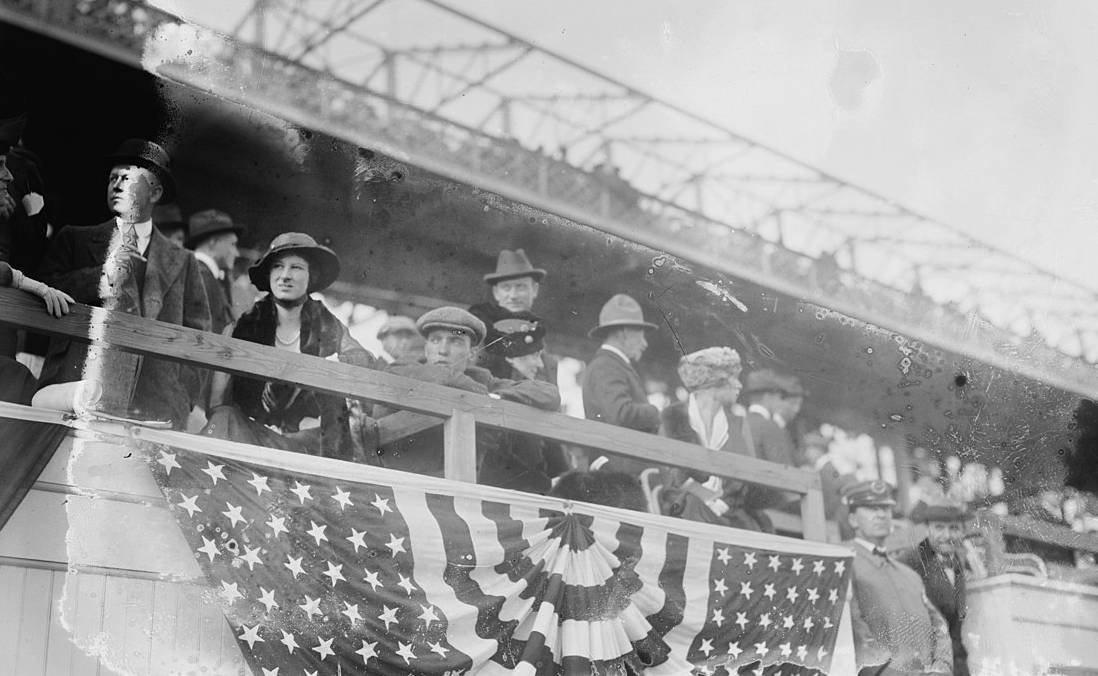 Bain News Service, Wikimedia Commons
Bain News Service, Wikimedia Commons
34. He Flipped New York’s Neighborhoods
Wanting to use the family business for good, Vincent began taking old New York structures and turning them into housing projects. Over the coming years, he flipped buildings and created homes for poor families, immigrants, and young people who needed a little help getting their start.
He called one such block of converted building "Poverty Row," and believe it or not, he meant it as a good thing.
But Astor wasn't just doing this as a publicity stunt—he genuinely put a tremendous amount of thought into these projects.
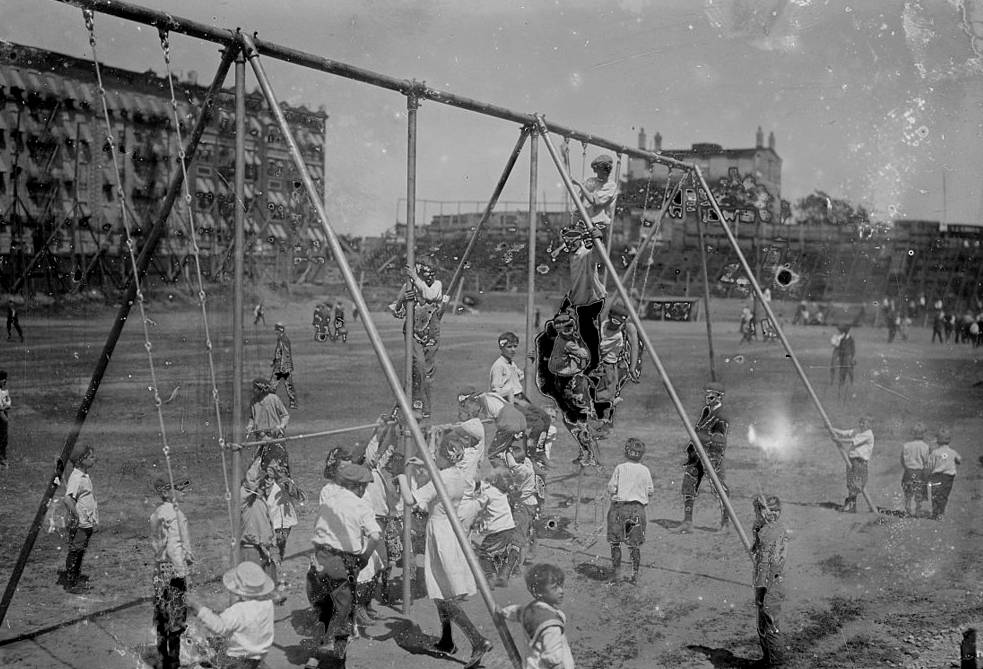 Bain News Service, Wikimedia Commons
Bain News Service, Wikimedia Commons
35. He Was Practical
Rather than building homes for people anywhere, and expecting them to make do, Vincent carefully planned each project. He considered people’s basic needs and comfort, like being around fresh air and having room to breathe—things that New York tenements did not often consider.
However, his mind wasn’t only centered on “logical” things.
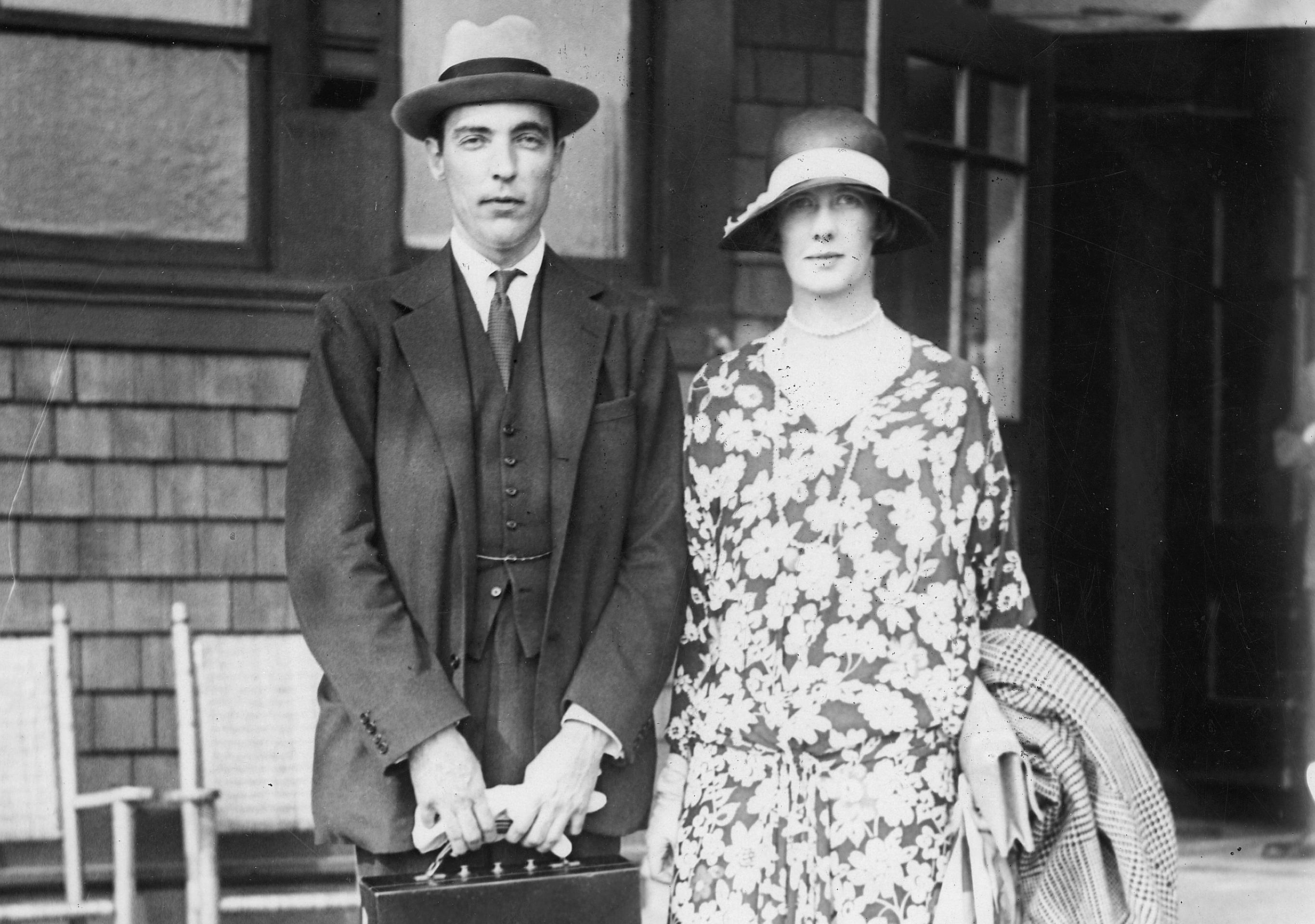 ullstein bild Dtl., Getty Images
ullstein bild Dtl., Getty Images
36. He Helped The Children
Vincent knew the importance of new housing for those in need but never neglected the simple need for fun. For several projects, such as in Harlem and the Bronx, he transformed large areas into new playgrounds for the children.
Rather than do everything himself, he also donated to various causes.
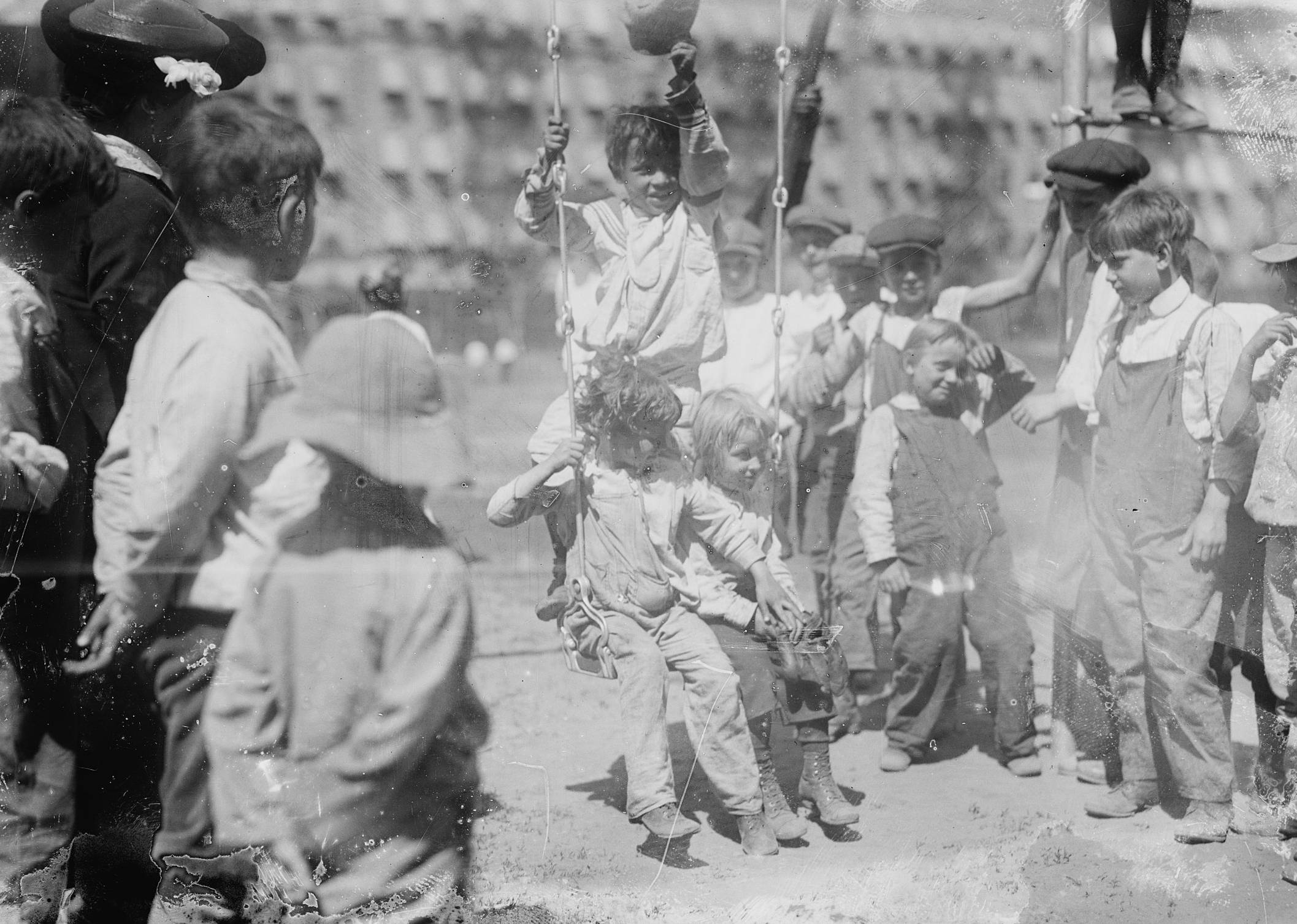 Bain News Service, Wikimedia Commons
Bain News Service, Wikimedia Commons
37. He Funded Organizations
While he felt compelled to help people through his business, Vincent also saw the good that other organizations were doing. He therefore donated much of his riches to causes such as the American Red Cross and various youth projects in New York.
Vincent’s heart didn’t only go out to humanity.
38. He Was An Animal Lover
With all of the work he did in the city, Vincent also spent a lot of time traveling. He would often go to the Galapagos Islands, returning with exotic animals to donate to the Bronx Zoo each time.
Even with all of his philanthropy, his wealth just continued to grow.
39. He Was Added To An Exclusive List
To put his wealth into perspective, Forbes released an official list containing his name. Included in their first ranking of America’s richest people, he landed 12th place. However, things like this seemed more trivial as the world reached the brink of catastrophe.
40. He Took A Secret Mission
In 1938, Vincent set out on a trip of hidden importance leading up to WWII. With his steam yacht the Nourmahal—named after his father’s ship—he went on a secret mission to Japan to gather intel. This was at the behest of his friend and current President, Franklin D Roosevelt.
Later, the navy once again required one of his assets.
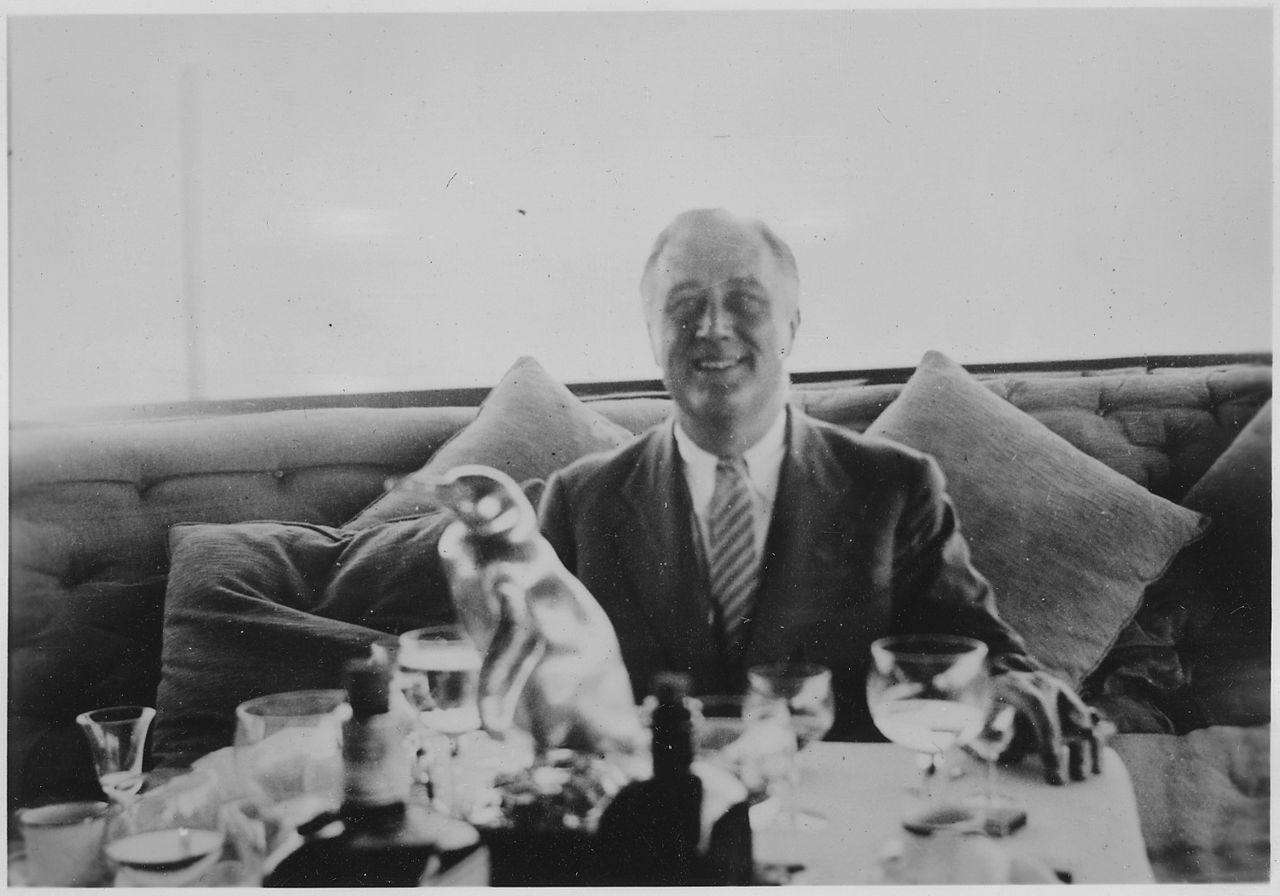 National Archives and Records Administration, Wikimedia Commons
National Archives and Records Administration, Wikimedia Commons
41. He Gave His Boat Again
Just like in WWI, Vincent donated many of his most valuable resources to the US Navy. Since he now owned a new yacht, the USS Nourmahal, he donated it to the Coast Guard.
With his return to service, he received a new rank.
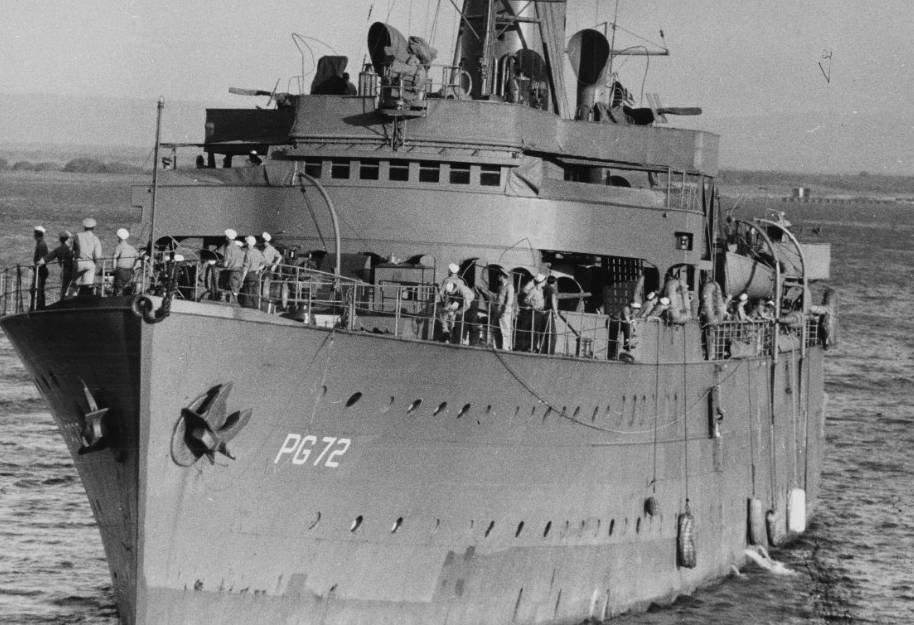 National Archives and Records Administration, Wikimedia Commons
National Archives and Records Administration, Wikimedia Commons
42. He Took A New Position
Returning to active duty, Vincent took on a similar job to his service in WWI. He took the job of New York’s Area Controller, overseeing merchant convoys going in and out of the city's harbor. This time around, he was also given the rank of Commander.
However, during the early years of the conflict, he faced another schism back home.
43. They Split Up
As WWII reached its second year, Vincent sadly found himself alone back in America. The differences between him and his wife reached a breaking point in 1940, causing their divorce.
He didn’t seem to take it that hard, though.
44. He Bounced Back Quickly
It didn’t take Vincent long to get over the end of his first marriage, as he married another woman later the same year. His new wife was Mary Benedict Cushing, another New York socialite.
Like him, Mary was also invested in philanthropy.
45. She Matched His Generosity
On the surface, Mary and Vincent were perfect for each other. They were both wealthy personalities in New York, and more importantly, Mary was also focused on her charity work with various theatres and galleries, being an avid supporter of the arts.
As for Vincent, he had his own ideas to help during WWII.
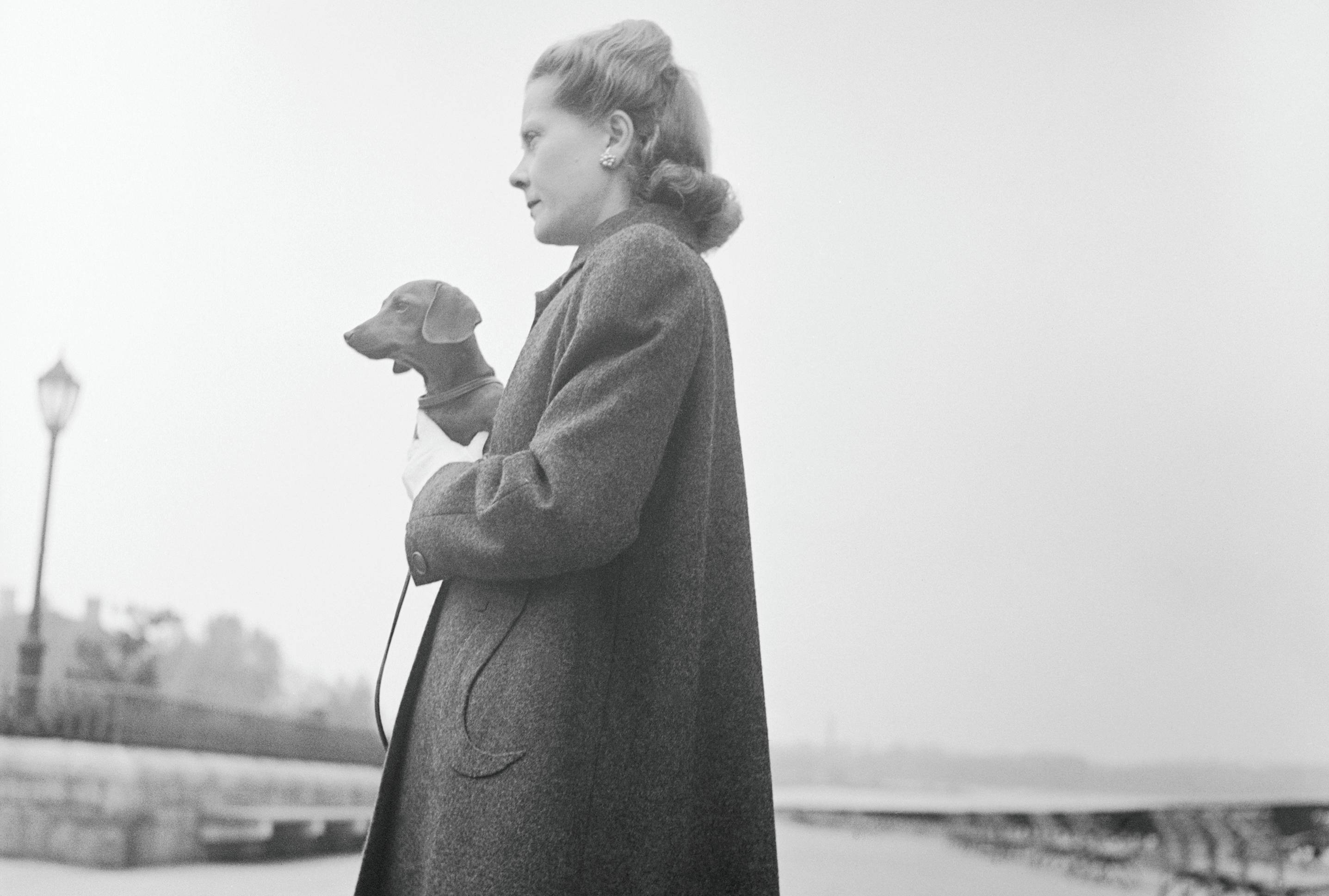 Genevieve Naylor, Getty Images
Genevieve Naylor, Getty Images
46. He Had An Idea
As WWII raged on and Vincent did his work as a Commander, he developed an idea to aid the American forces. Under his suggestion, the owners of several fishing boats had radios installed and took the responsibility of reporting any U-boats they spotted.
For this and more, he received the highest honors.
47. He Was Rewarded
Before WWII’s end, the Navy promoted Vincent once more to the rank of Captain. After everything was said and done, he was awarded six medals for his Naval service, including the American Defense Service Medal and the Navy Commendation Medal.
Following the end of WWII, he was hit with another loss.
48. He Had Another Divorce
After 13 years, Vincent faced problems at home once again. He and Mary had their differences too, and she had evidently had enough. In 1953, they divorced, marking Vincent’s second failed marriage.
Although she didn’t hate him, she grew tired of his quirks. And can you blame her?
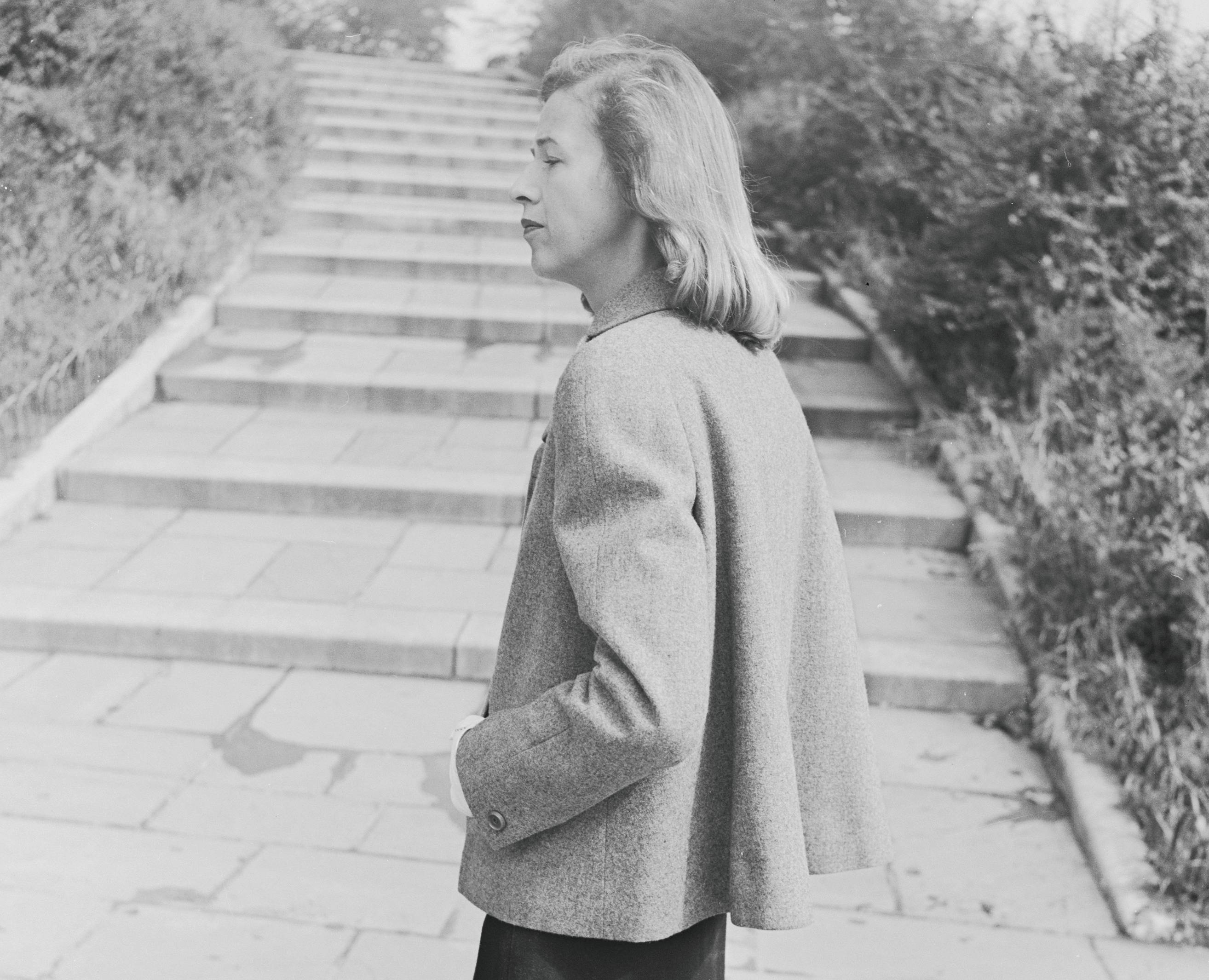 Genevieve Naylor, Getty Images
Genevieve Naylor, Getty Images
49. He Was A Shut-In
Vincent was hardly the classic image of a wealthy businessman. Rather than attending lavish parties or flaunting his riches with other socialites, he preferred to be at home. His typical day consisted of him only traveling between his office and home, and nothing else.
Luckily, before she left, Mary agreed to help him.
50. She Became A Matchmaker
Vincent and Mary’s divorce was surprisingly full of maturity and kindness, following a special agreement. After making her intentions to divorce him known, Mary promised not to go through with it until she found him another wife.
She didn’t take long to come up with someone.
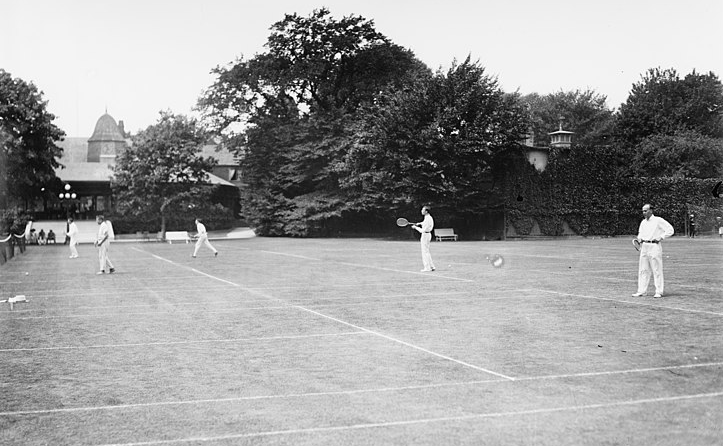 Bain News Service, Wikimedia Commons
Bain News Service, Wikimedia Commons
51. He Was Set Up
Mary was determined to find Vincent a new wife, and for the first bachelorette in mind, Mary suggested another recent divorcee. She introduced him to Janet Newbold Ryan Stewart Bush.
However, it didn’t go as well as she hoped.
 Benjamin N. Duke, Wikimedia Commons
Benjamin N. Duke, Wikimedia Commons
52. She Turned Him Down
Janet Bush may have been an eligible bachelorette, but there was one problem—she had no desire to marry Vincent. When he asked her why, she was cold and frank, telling Vincent, ”I don't even like you”.
Still, Vincent tried his best.
53. He Tried To Sway Her
Despite the instant rejection, Vincent was adamant about gaining Bush’s approval. In fact, he went so far as to tell her that he was extremely ill and that after his imminent passing, she would inherit all his money. This wasn’t enough to convince Bush, and she gave another brutally honest response—"What if you do live?"
Although this didn’t work, Astor's soon-to-be-ex wasn't going to give up that easy.
54. She Set Him Up Again
At last, Mary brought up her final suggestion—Roberta Brooke Russell. This new bachelorette was also a socialite and philanthropist, and like Vincent, had married twice before.
This time around, his courtship went much better.
55. He Popped The Question
By being introduced to Roberta, Vincent met the person he knew he would spend the rest of his life with. He asked Roberta to marry him in a matter of weeks after he divorced Mary Cushing.
Unlike his previous courtships, she was more into him.
56. He Married For The Third Time
For the third and last time, Vincent Astor married in 1953—joining Roberta Brooke Russell in holy matrimony. Of course, being a high-profile couple, everyone had something to say about them.
57. Other People Talked
Vincent and Roberta seemed like a great match, and she certainly gave the impression that they were happy, but some didn’t believe it. The popular gossip was that Roberta had married him only for the money—a theory supported by one of her friends.
Despite the rumors, the two hardly kept their money to themselves.
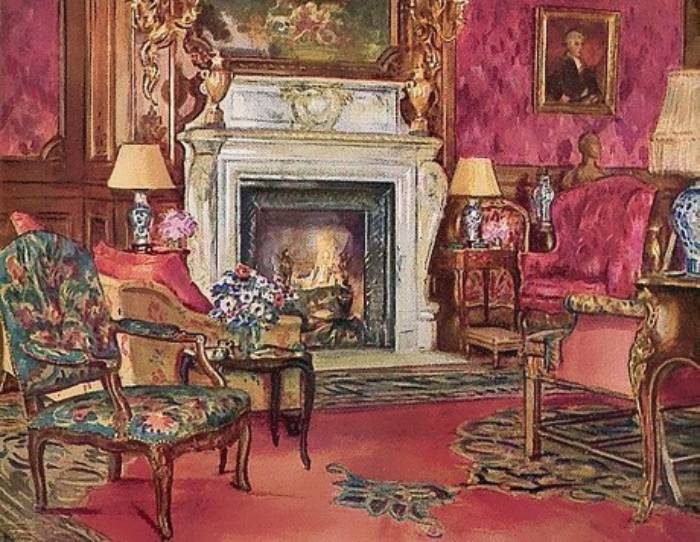 William Bruce Ellis Ranken (1881-1941), Wikimedia Commons
William Bruce Ellis Ranken (1881-1941), Wikimedia Commons
58. They Started A Foundation
In keeping with their philanthropic natures, Vincent and Roberta introduced their own charity to New York. They established the Vincent Astor Foundation to help the less fortunate in New York.
Of course, while Vincent had a legacy of many beginnings, he saw other things end as well.
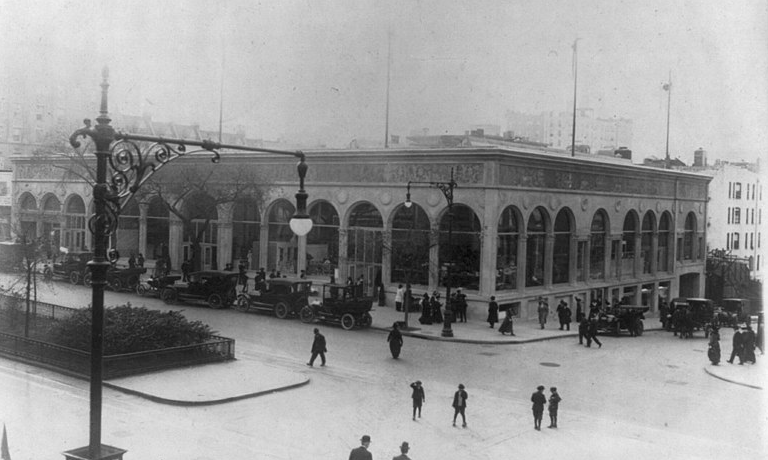 George Grantham Bain Collection, Wikimedia Commons
George Grantham Bain Collection, Wikimedia Commons
59. He Was The Last
Although he had inherited his family’s estate in Rhinebeck, New York—called Ferncliff—this meant a sad reality. As he had become sterile earlier in life, he had no children with Roberta and became the final Astor to reside in Ferncliff.
Of course, in time, he would meet his end.
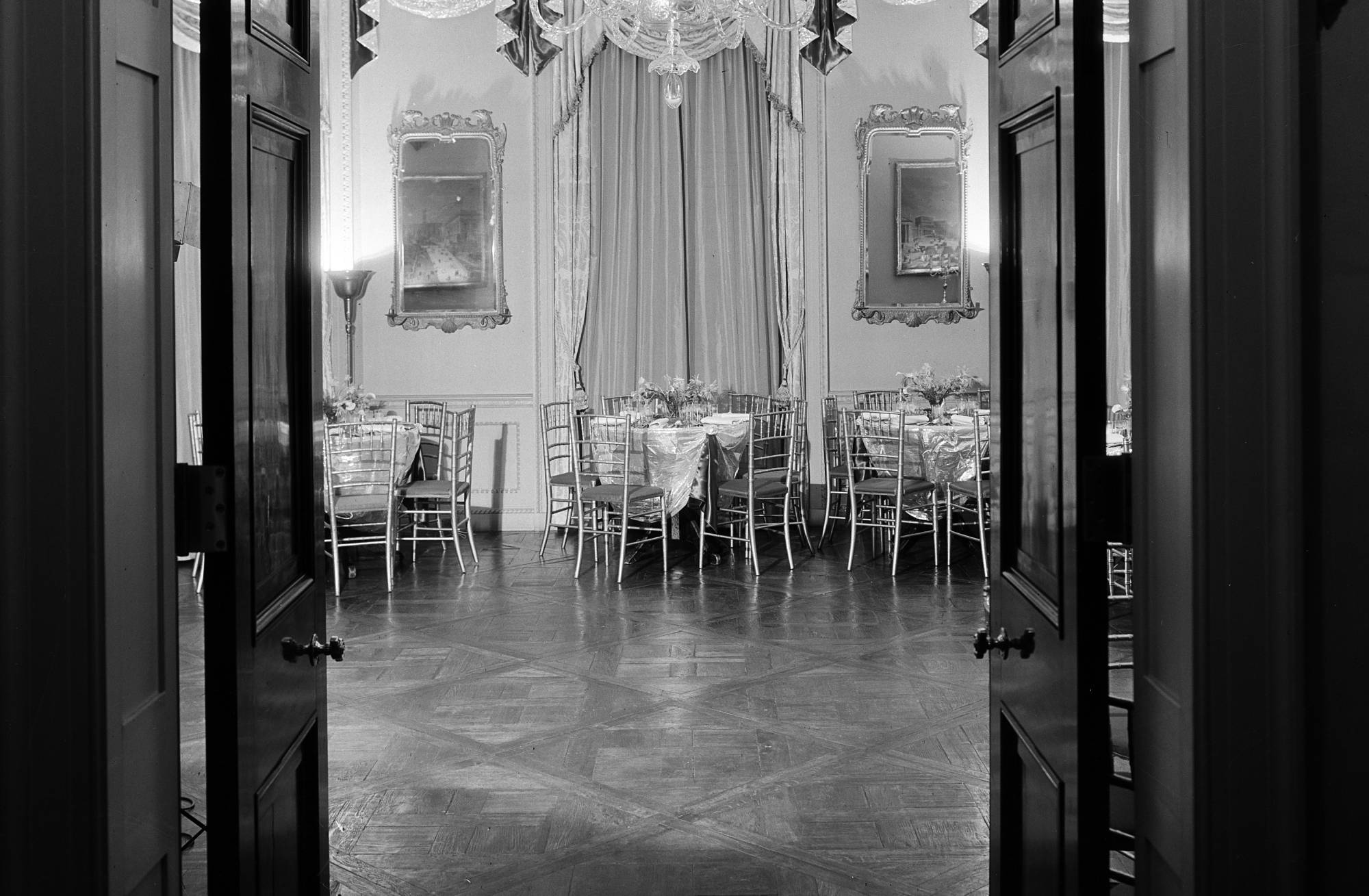 MCNY/Gottscho-Schleisner, Getty Images
MCNY/Gottscho-Schleisner, Getty Images
60. He Met His Demise
In 1959, at the young age of 67, Vincent Astor sadly passed. He was home at one of his apartments in Manhattan when a heart attack struck him down.
This wasn’t the first time he had this affliction.
61. He Had A Strange Coincidence
As is unfairly common with heart attack victims, the one that caused Victor to pass hadn’t been his first. What was strange was his first heart attack which, tying back to his father’s passing, had occurred while Vincent was attending a film about the Titanic—A Night to Remember.
Still, his charitable work lived beyond him.
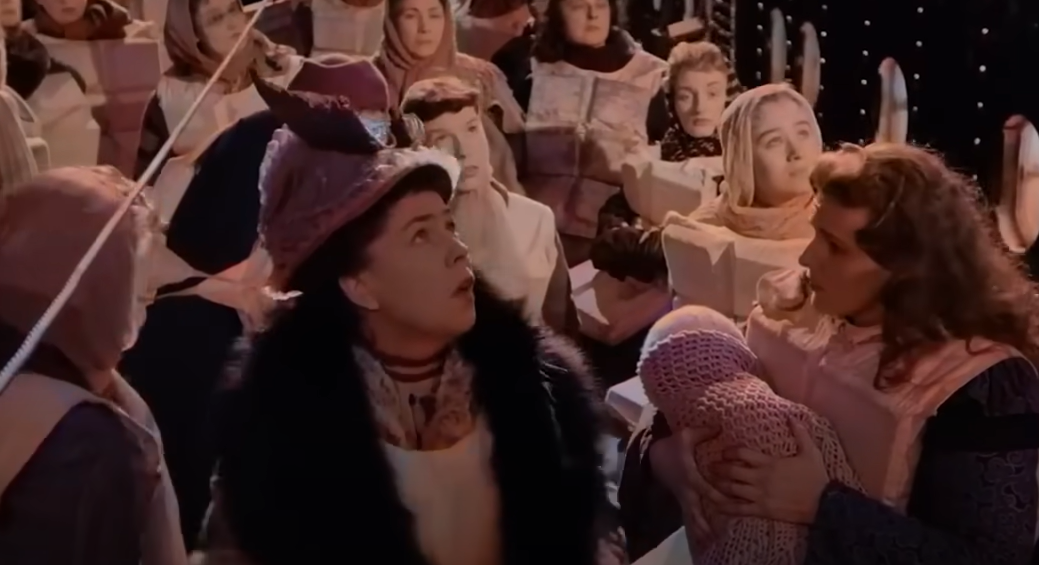 The Rank Organisation, A Night to Remember (1958 film)
The Rank Organisation, A Night to Remember (1958 film)
62. He Put His Money Where It Counted
Upon his passing, rather than leave his money to his family or try to take it with him, Vincent held on to his generous nature. He wasn’t one for half-measures, leaving every cent of his wealth to the Victor Astor Foundation.
However, it wasn’t just money that he bequeathed.
63. He Donated His House
Knowing he would be the last Astor at Ferncliff, Vincent dedicated at least part of it to those who could actually use it. After his passing, his will gave one of the main Ferncliff houses to Kingston’s New York’s Benedictine Hospital.
Following his passing, his wife was equally generous.
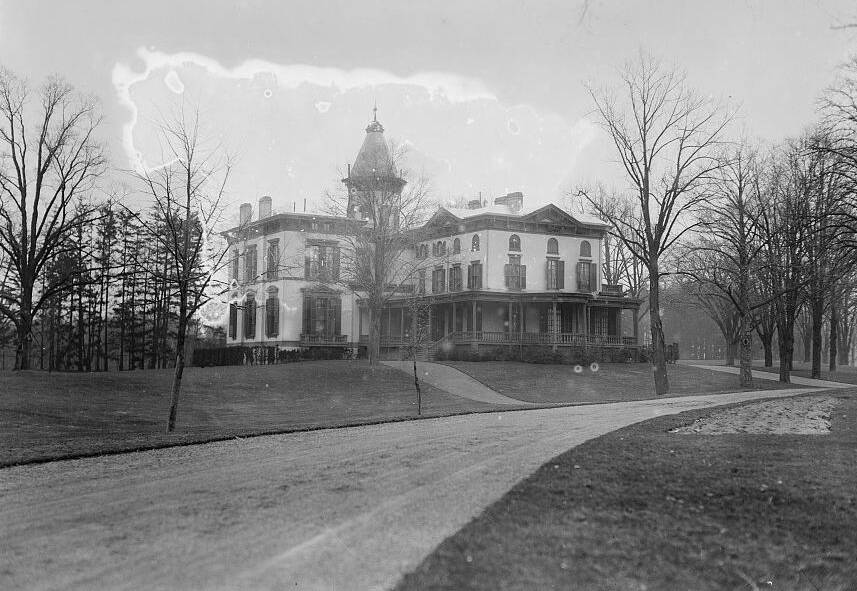 Library of Congress, Wikimedia Commons
Library of Congress, Wikimedia Commons
64. She Donated The Casino
Vincent wasn’t the only one who saw an opportunity to do good with the Ferncliff estate. His widow, Roberta, would donate another building—the “Ferncliff Casino”—to the Catholic Archdiocese of New York.
Not everyone was happy about these decisions, though.
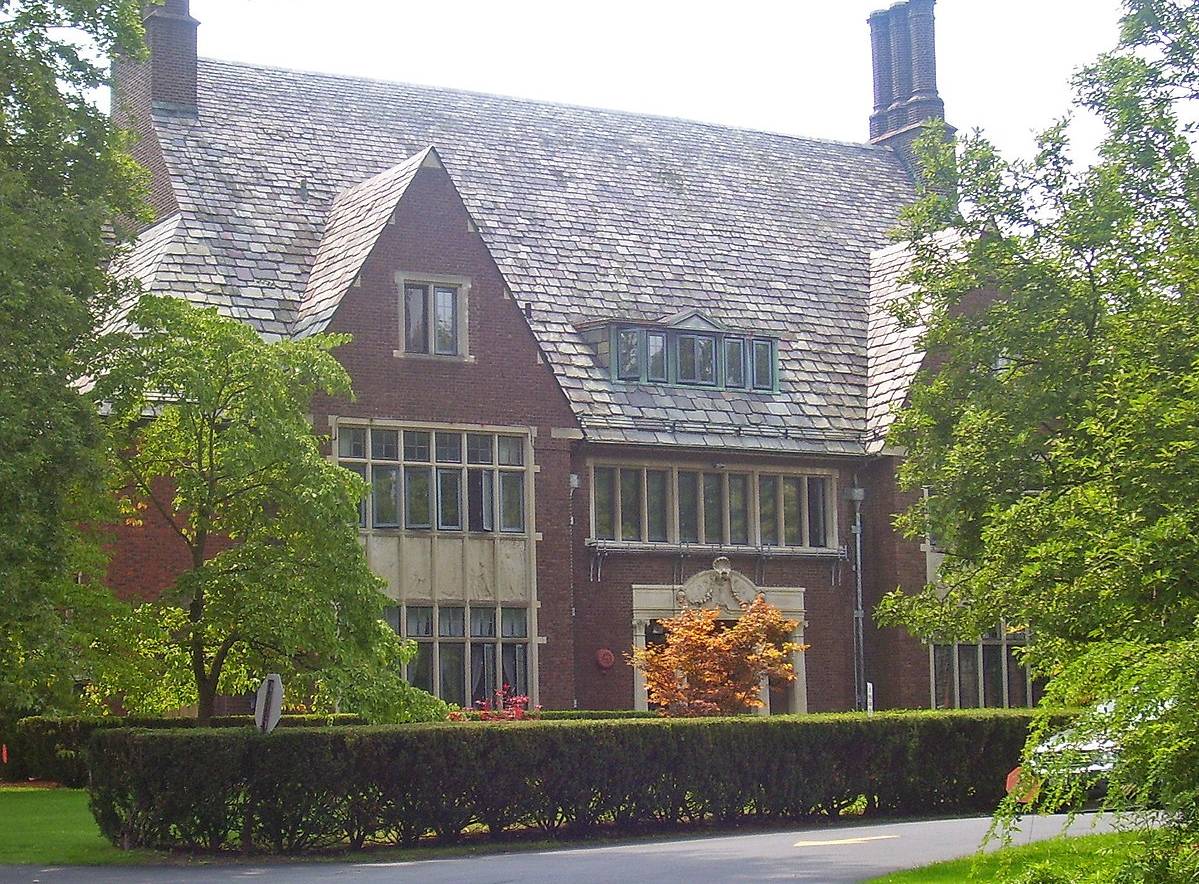 Daniel Case, CC BY-SA 3.0, Wikimedia Commons
Daniel Case, CC BY-SA 3.0, Wikimedia Commons
65. He Was Bitter
Although some might see Vincent’s decision to donate all his money instead of giving it to his family as honorable, one family member disagreed. His half-brother, John Jacob Astor VI, grew outspoken in his displeasure.
It wasn't long before words became actions, and a legal firestorm ignited.
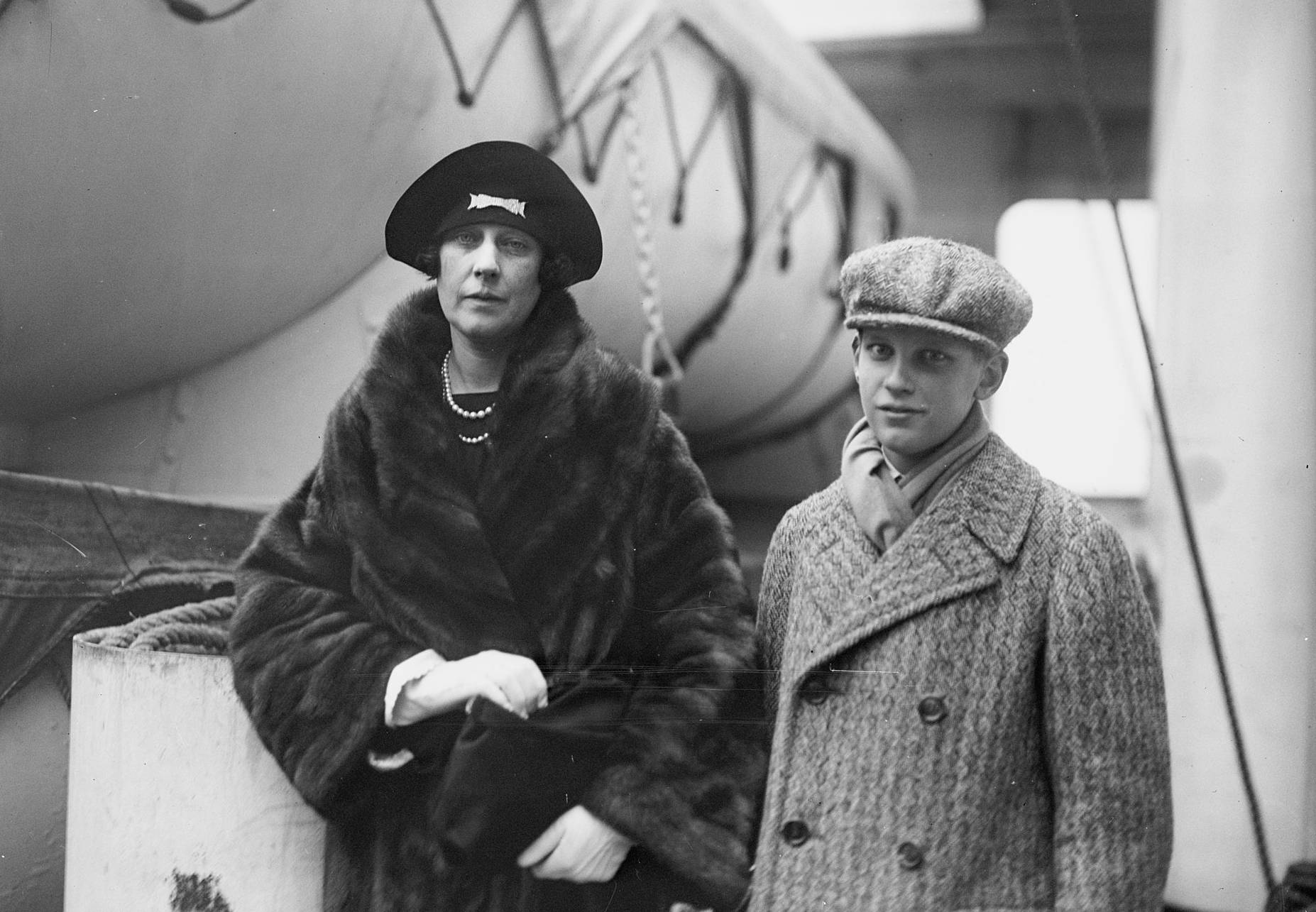 Bain News Service, Wikimedia Commons
Bain News Service, Wikimedia Commons
66. He Filed A Lawsuit
John Jacob Astor VI was unhappy that, in his words, Vincent "had the legal, not the moral right to keep all the money". Despite this, John brought Roberta to court with a lawsuit to gain the inheritance.
Part of his argument hinged on Vincent’s well-being.
67. He Had A Theory
In his argument, John Astor claimed that his half-brother had not been of sound mind when he signed his will. Knowing that Roberta often brought booze to her hospitalized husband before his passing, John argued that Vincent’s mind became addled by alcoholism and influenced by his wife.
Naturally, Brooke had a rebuttal.
68. She Disagreed
Although it was true that Roberta had brought Vincent drinks in the hospital, she denied that any mental incompetency was behind John Astor’s exclusion from the will. Instead, she knew that the reason was simple. Vincent had always loathed John.
Thankfully, this litigation didn’t last too long.
69. He Settled
John Astor VI’s argument was clearly weak with very little evidence, so it didn’t go all that far. To conclude the lawsuit, Vincent’s half-brother settled in court for $250,000, and no other changes affected the inheritance.
Eventually, Roberta and Vincent were reunited.
70. They Were Together Again
At the astonishing age of 105, Roberta Brooke Astor passed from pneumonia in 2007. She had never remarried, and following her passing she was interred at the Sleepy Hollow Cemetery, right next to her late husband.



